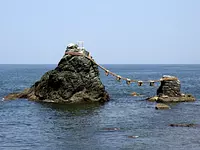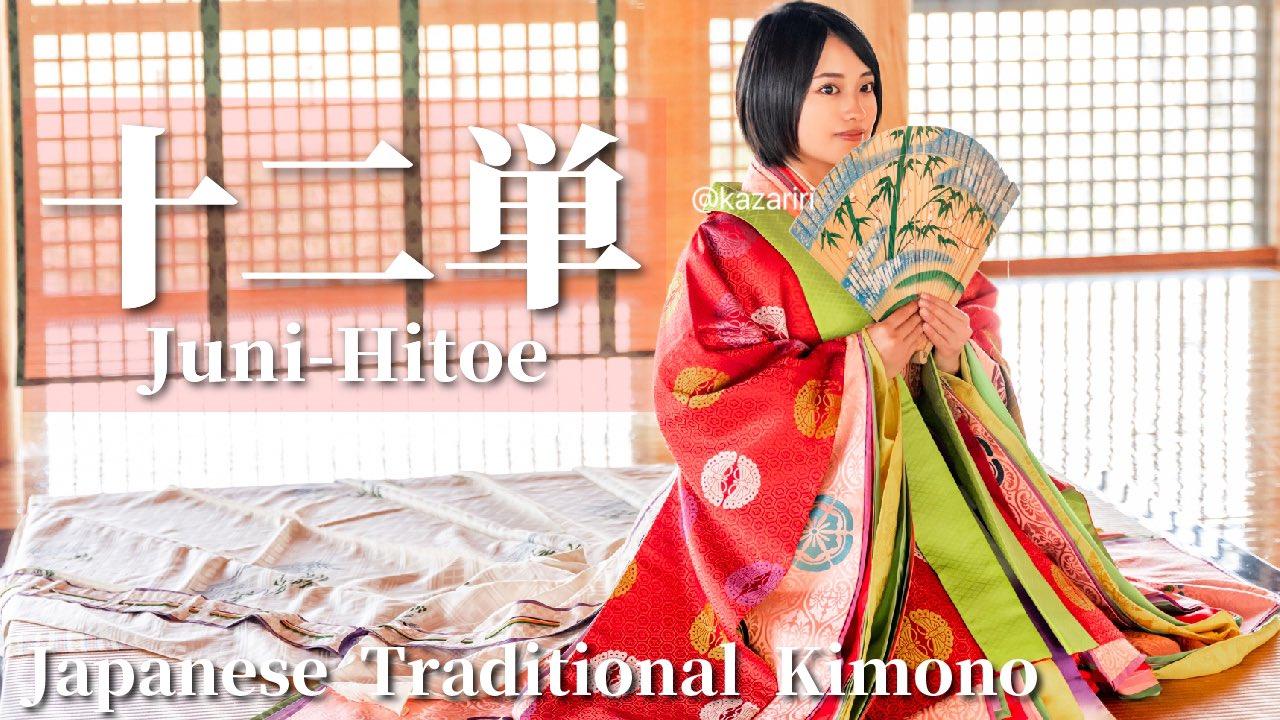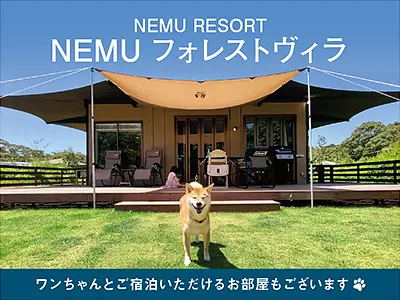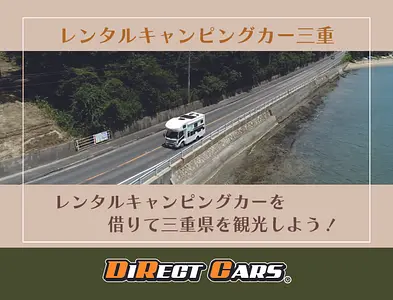What is saikuu /Saio? Introducing museums, experience facilities, and historical sites!
掲載日:2023.02.11
Do you know about the ``Saio'' who served at IseJingu for generations in place of the Emperor? Let's enjoy learning about the history and culture of the time when Saio lived in MeiwaTown saikuu where Saikou's palace was located, by visiting historical sites, museums, and experience facilities!
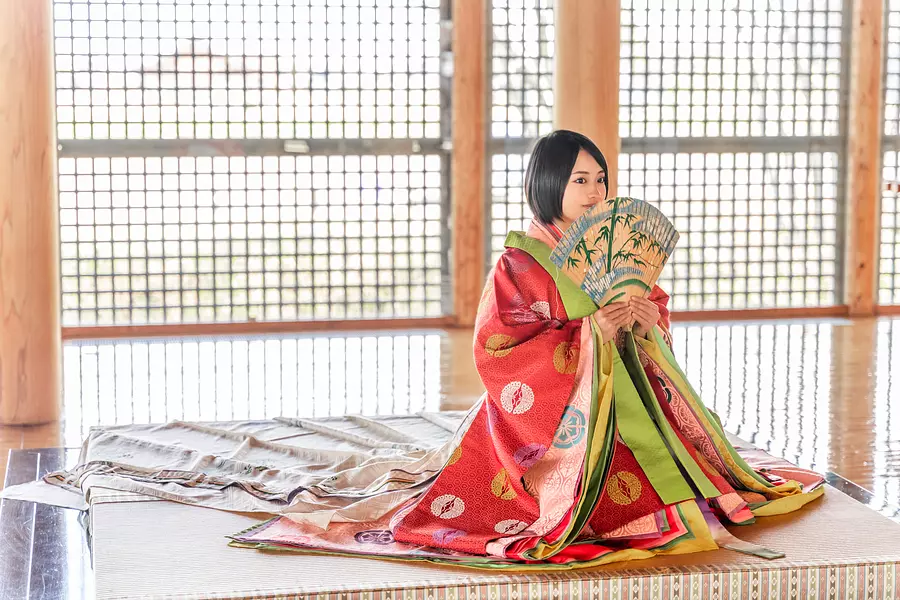
table of contents
- 1. What is Saio/ saikuu?
- 2. Learn about Saio and saikuu at SaikuHistoricalMuseum!
- 3. Taste Saio's food at "Itsuki Chaya"
- 4. Experience the culture of the Heian period at “ItsukinomiyaHallforHistorical”!
- 5. Take a close look at the restored saikuu dormitory building at Saiku Heian no Mori
- 6. Let's also go to the notable spots in the surrounding area!
- 7. Let's rent a bicycle and explore around saikuu!
1. What is Saio/ saikuu?
What is Saio?
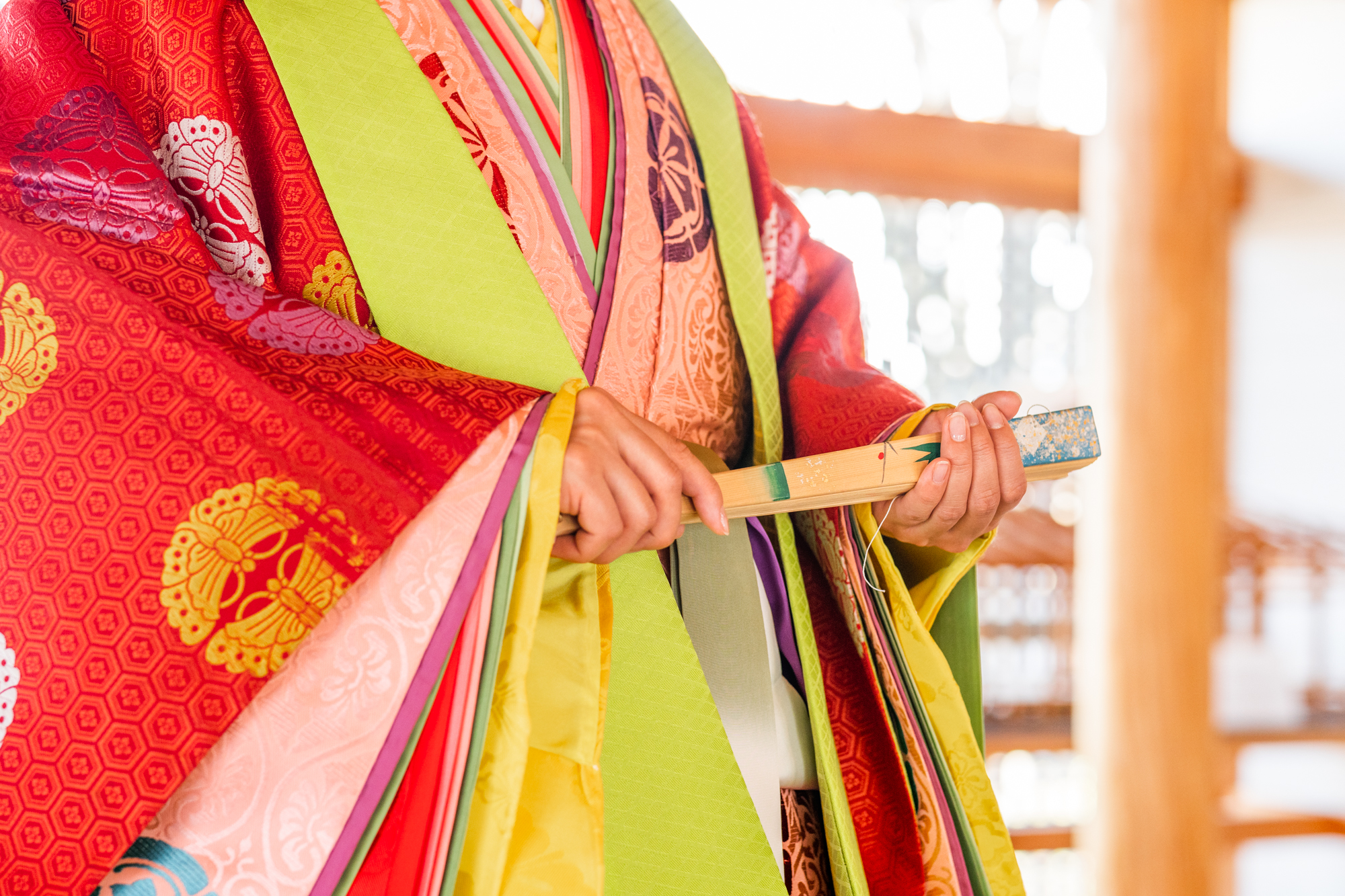
A female member of the imperial family who served at IseJingu on behalf of the Emperor.
Saio is an unmarried female member of the imperial family who served at IseJingu on behalf of the emperor.
The Saio system was established in the latter half of the 7th century (Asuka period), and it is said that more than 60 women from the imperial family served as Saio for approximately 660 years until the beginning of the 13th century (Nanbokucho period).
Each time an emperor ascended the throne, successive Saio kings were chosen from among unmarried imperial princes (or queens) through an ancient form of fortune-telling called ``bokujo'' and dispatched from the capital to saikuu.
What is the Imperial Princess and Queen?
In ancient times, the Imperial Princess was the daughter of the Emperor, and the Queen was a female member of the imperial family other than the Emperor's daughter.
Saio's duty
Saio's most important role is to participate in the big festivals held three times a year at IseJingu Grand Shrine (Kannamesai in September and Tsukinamisai in June and December). was. In addition, he performed various rituals and events on a daily basis to fulfill his duties as Saio.
What is saikuu?
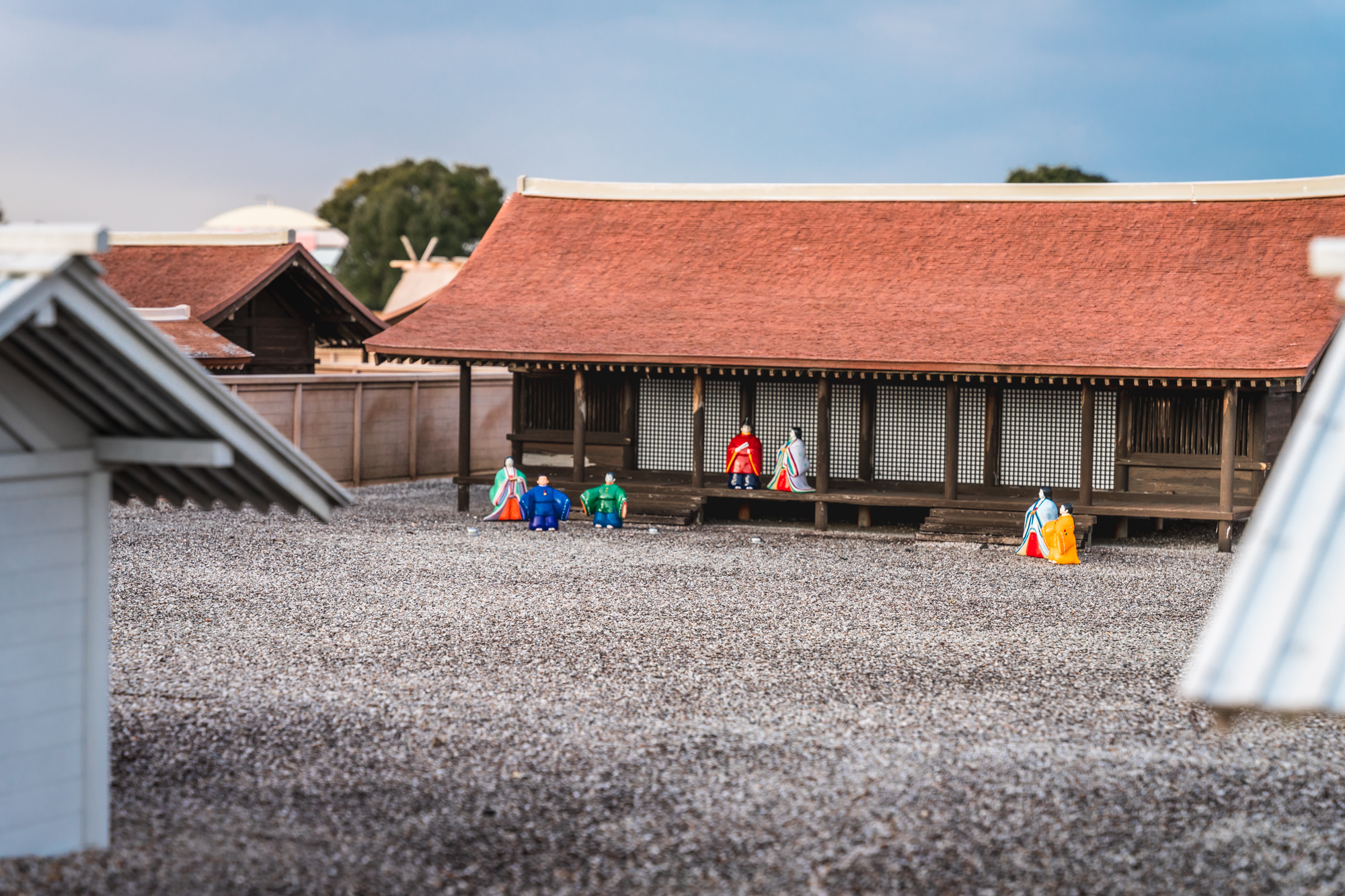
saikuu is the place where Saigu's palace and saikuu dormitory, which was a government office to take care of Saigu, were located.
The ruins of saikuu are located in ancient Taki (Take) District, present-day MeiwaTown. It is located approximately 15 kilometers away from IseJingu, and is the entrance to the Jingu (Kami Sangun) of IseJingu Grand Shrine, but there is no historical record of why saikuu was located in this area, and it is still unclear. Not.
“Bamboo City”! saikuu
The total area of saikuu ruins (National Historic saikuu Ruins) is approximately 137 hectares. For Koshien Stadium, that's 35 pieces!
More than 100 buildings were built on the vast land, and about 520 people worked at saikuu.
As a local city at the time, it was called ``Toonomikado''. It is a place as important as Dazaifu (which governs Kyushu, which is far from the capital, and serves as a diplomatic contact point for the continent), and is known as the ``Bamboo Capital.'' It was also said that
2. Learn about Saio and saikuu at SaikuHistoricalMuseum!
What is SaikuHistoricalMuseum?
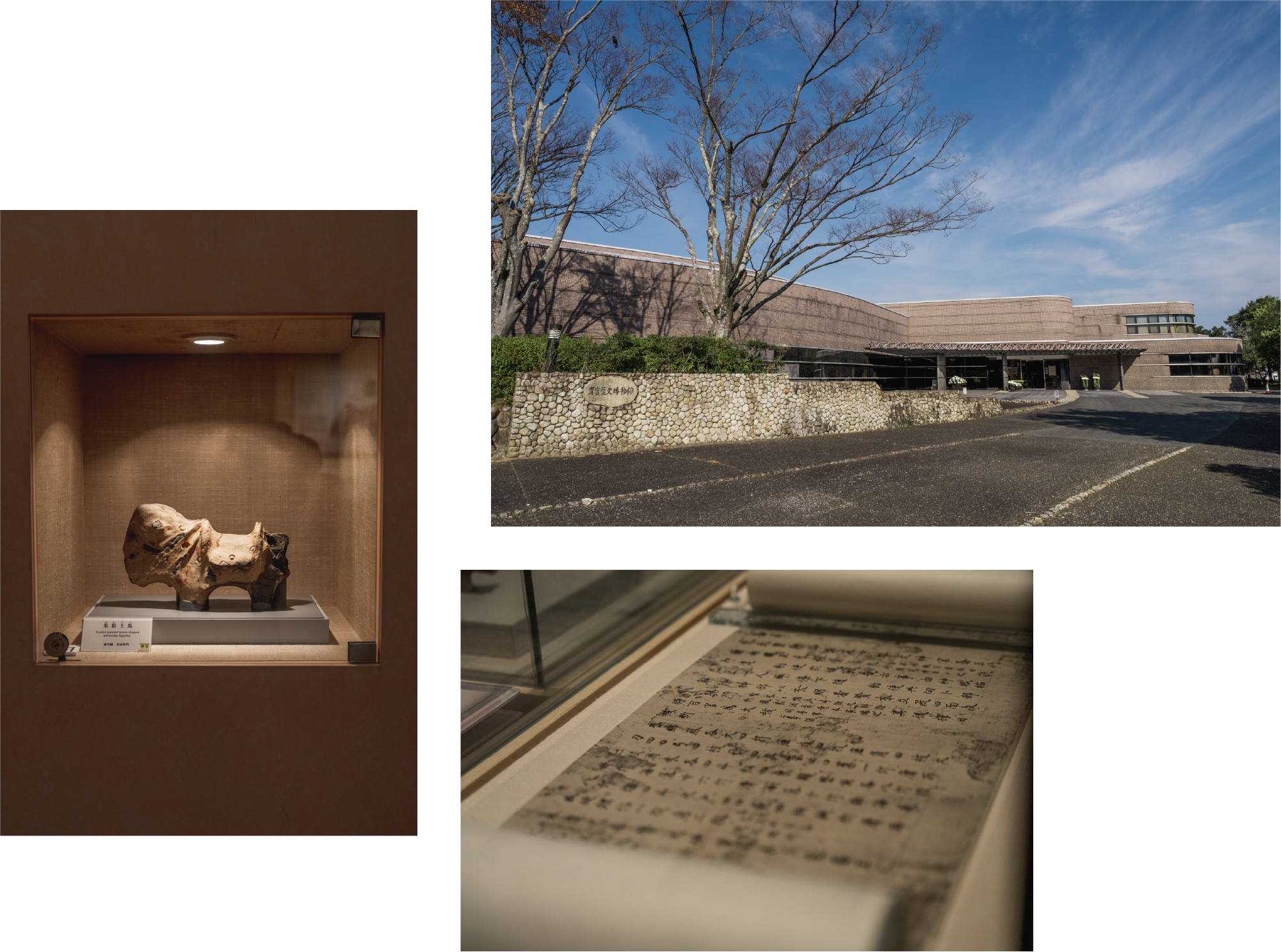
SaikuHistoricalMuseum is a museum where you can learn about the history and culture of Saio and saikuu.
Inside the museum, there are various exhibits such as earthenware and ceramics excavated from saikuu ruins, literature written about saikuu, videos and reproduction models about saikuu, and it is attractive that you can learn about saikuu in an easy-to-understand and fun way!
Learn about saikuu from excavated items!
Important clues that led to the discovery of saikuu ruins
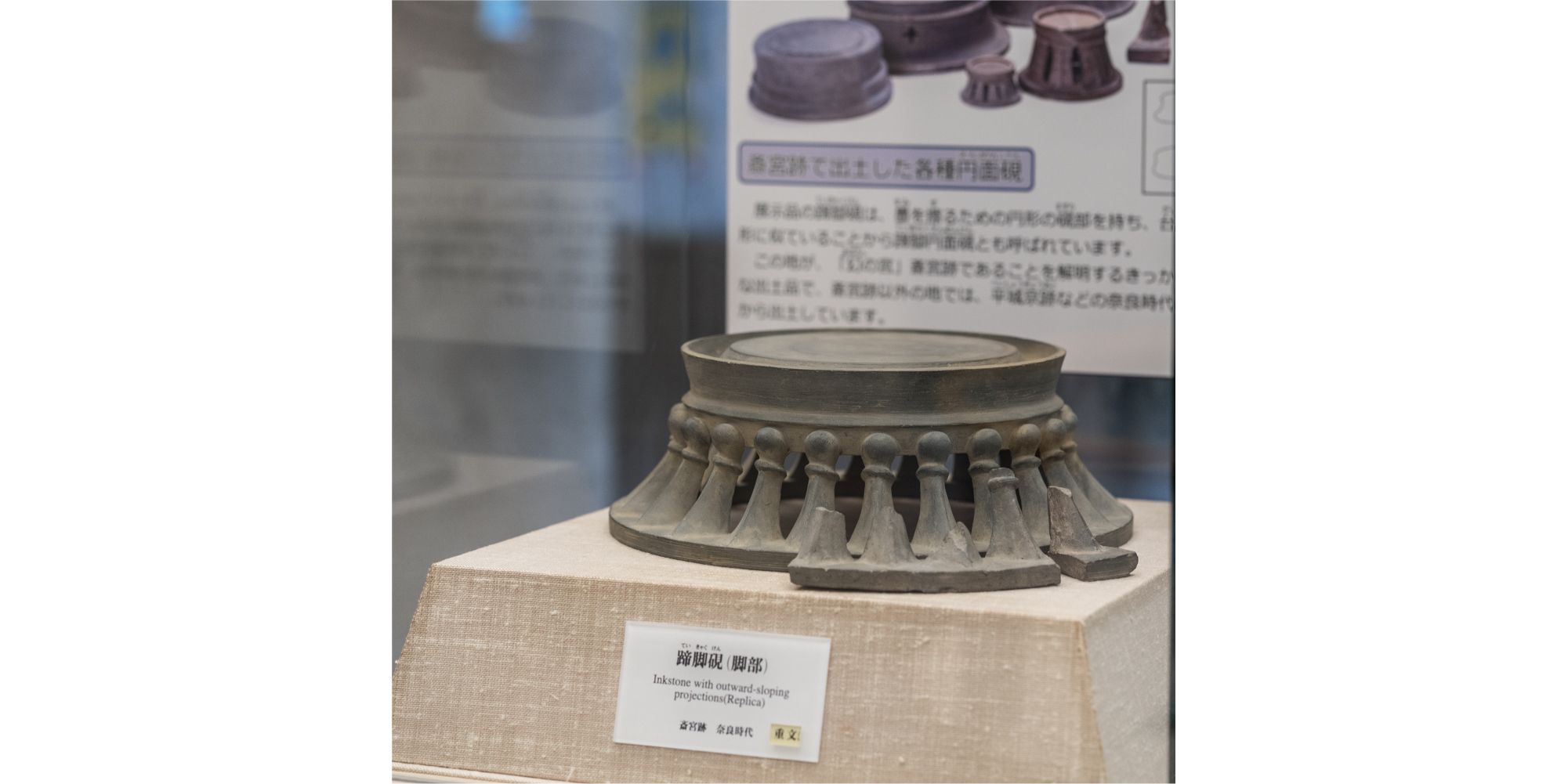
The excavated item in the photo is an inkstone used by saikuu officials to write.
It is called a ``teikyakuken,'' and the base of the inkstone is shaped like a horse's hoof.
The fragments in the foreground are the actual pieces unearthed during excavations, and the ones in the background are replicas.
It has been meticulously restored, so you can clearly see the overall image of the inkstone.
This inkstone is said to be a very important excavated item for historical research at saikuu.
That being said...
The location of the phantom shrine, saikuu is revealed due to the hoof foot inkstone!
Although there are historical documents and various legends about saikuu, its exact location is unknown, so it was called the ``Phantom Palace.''
Meanwhile, in 1970 (Showa 45), during an excavation survey conducted in the Furusato area (the Furusato Hiroba area to the northwestern part of saikuu ruins and south of SaikuHistoricalMuseum), a hoof ink stone was unearthed.
The location of Saiku, the phantom palace, was confirmed with the excavation of a hoof inkstone, which had only been found at the ruins of Heijokyo and saikuu.
Later, saikuu ruins were designated as a national historic site in 1979 (Showa 54), and excavations are still continuing.
Additionally, in 2015, it was designated as a Japan Heritage saikuu by the Agency for Cultural Affairs as the ``Praying Princess Saio Miyako Saiku,'' which consists of saikuu ruins, excavated artifacts, and related historic sites.
Understand the culture of saikuu! Numerous excavated items
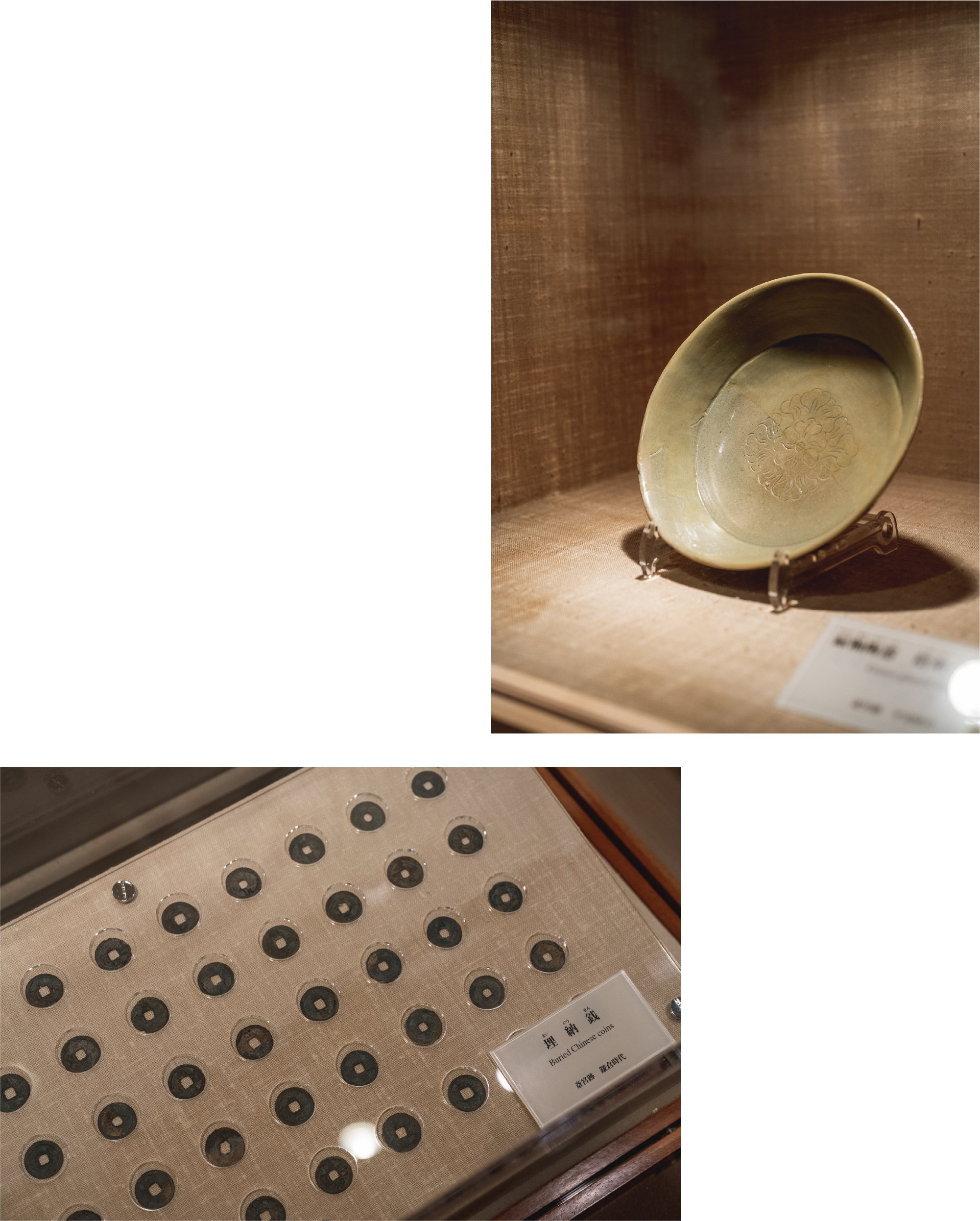
At SaikuHistoricalMuseum you can see up close many items including earthenware and ceramics excavated from saikuu ruins.
The item in the photo is a high-grade pottery from the Heian period called ``green glaze pottery.''
It uses green glaze and is characterized by its beautiful color and luster.
It is said that more than 7,000 pieces of green glazed pottery have been unearthed from saikuu ruins so far.
The large number of green glazed pottery excavated makes it clear that saikuu was a place where Heian culture flourished.
Learn about saikuu from the exhibited models!
1/400 saikuu dormitory restoration model
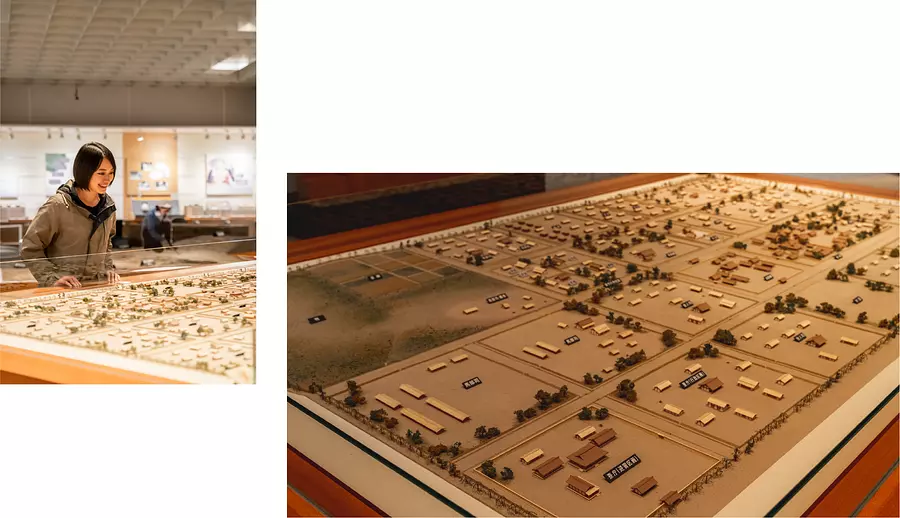
SaikuHistoricalMuseum exhibits various models related to saikuu.
There's also a 1/400 scale model of the entire saikuu from the Heian period!
Since you can look down on the entire saikuu, you can clearly see what saikuu was like in the past.
Just like Kyoto! Cities spread out in a grid pattern
During the era of Emperor Kanmu, who served as emperor from the end of the Nara period to the early part of the Heian period, saikuu was divided into vast urban areas in a grid pattern (called ``Hokakugaiku''). ) is created.
Even in Kyoto, the capital at the time, the city was laid out in a grid pattern under a system called the ``Jobosei.''
saikuu is thought to have had a landscape similar to that of a capital.
Saio's daily life
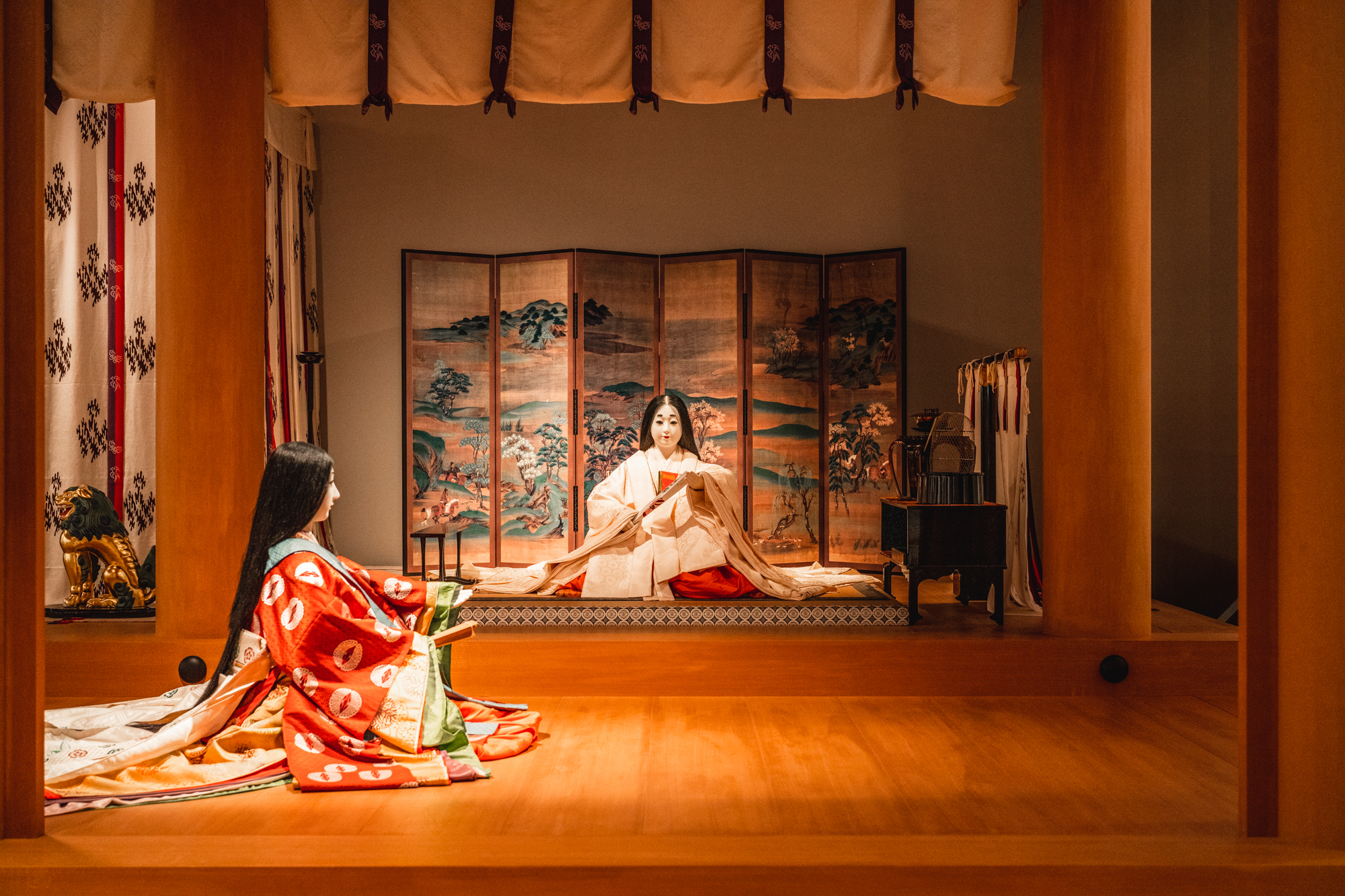
The photo is a model of Saio's living room inside the museum.
The person in the foreground is Myobu (a person who acts like a secretary to Saio), and the person on the tatami floor in the back is Saio, and a model depicts the two of them talking.
According to literature, Saio lived a life similar to that IseJingu, spending his days praying at Ise Grand Shrine, composing songs, and playing musical instruments such as the koto.
However, even though he lived a glamorous life befitting an aristocrat, he also had certain rules typical of a Saio who served IseJingu, such as not saying anything related to Buddhism or corruption.
Saio's meal
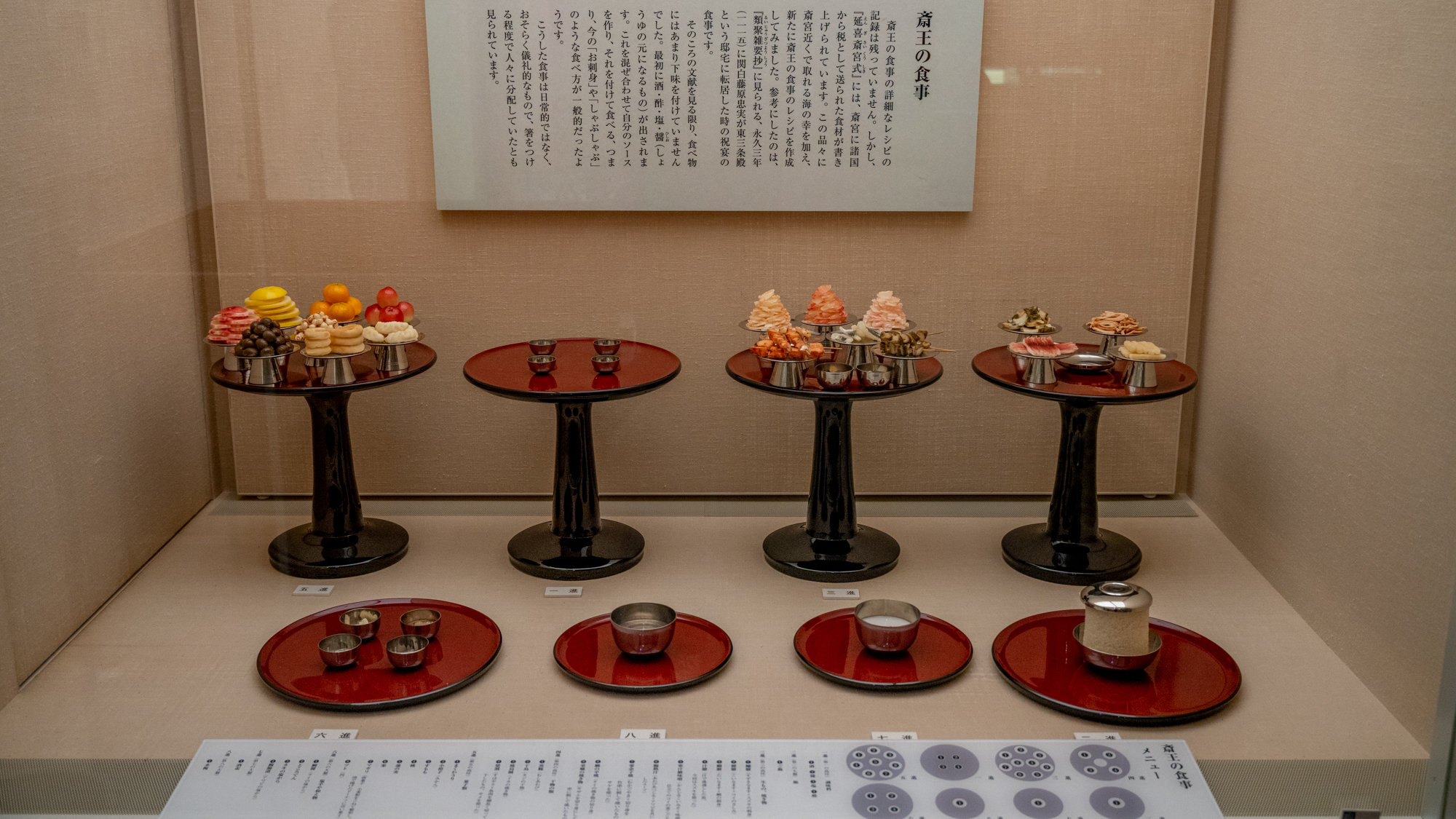
The photo is a model that recreates Saio's meals.
Since there are no records of the recipes for Saio's meals, this list was created by adding seafood that would have been caught near saikuu to the list of ingredients delivered to saikuu from various countries at the time. Thing.
Various ingredients brought to saikuu
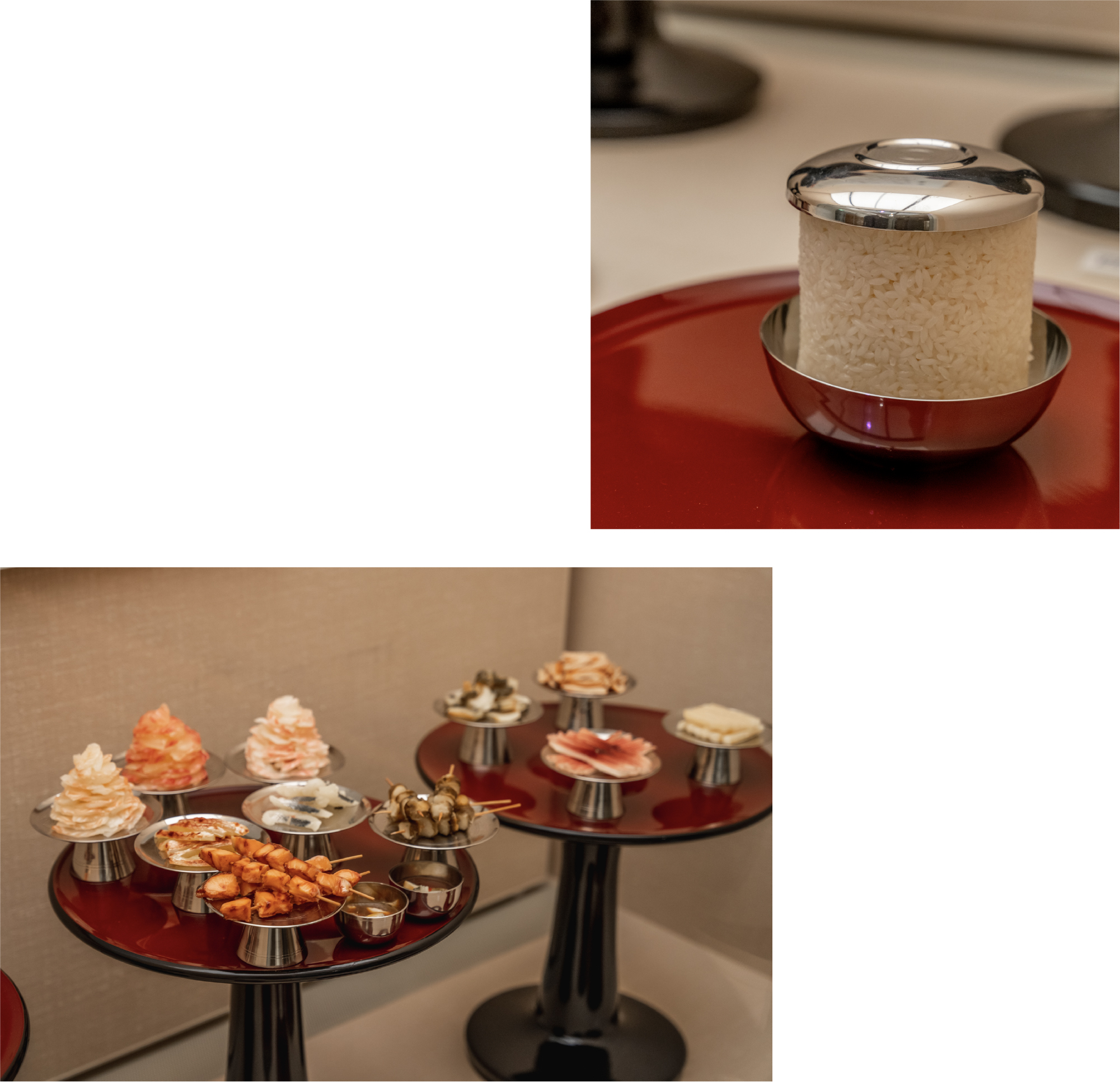
As taxes from various countries, saikuu received grains such as rice, barley, wheat, millet, soybeans, and red beans, seasonings such as salt, vinegar, and soy sauce, and abalone, bonito, salmon, and sweetfish. - Fish and shellfish such as crucian carp and sea bream, poultry meat, seaweed, and fruits such as chestnuts, lotus seeds, and dried persimmons were brought in.
It is also believed that fresh locally produced fish, shellfish, and vegetables were brought to saikuu.
The fact that such a wide variety of ingredients were gathered here shows that saikuu, the palace where Saio lived, flourished.
SaikuHistoricalMuseum still has many exhibits!
We have introduced some of the exhibits at SaikuHistoricalMuseum, but there are many more exhibits inside the museum!
The exhibits are so comprehensive that you can learn a lot about saikuu and Saio just by walking around the museum.
Please have fun while learning♪
[Business hours] 9:30-17:00 (Admission until 16:30)
[Closed days] Mondays (the next day if Monday is a holiday), New Year holidays
[Fee] General 340 yen / University students 230 yen / Free for elementary, middle and high school students
(Group discount for 20 or more people: 270 yen for adults, 180 yen for university students)
*Additional fee for special exhibitions
[Location] 503 Takekawa, MeiwaTown-cho, Taki-gun
3. Taste Saio's food at "Itsuki Chaya"
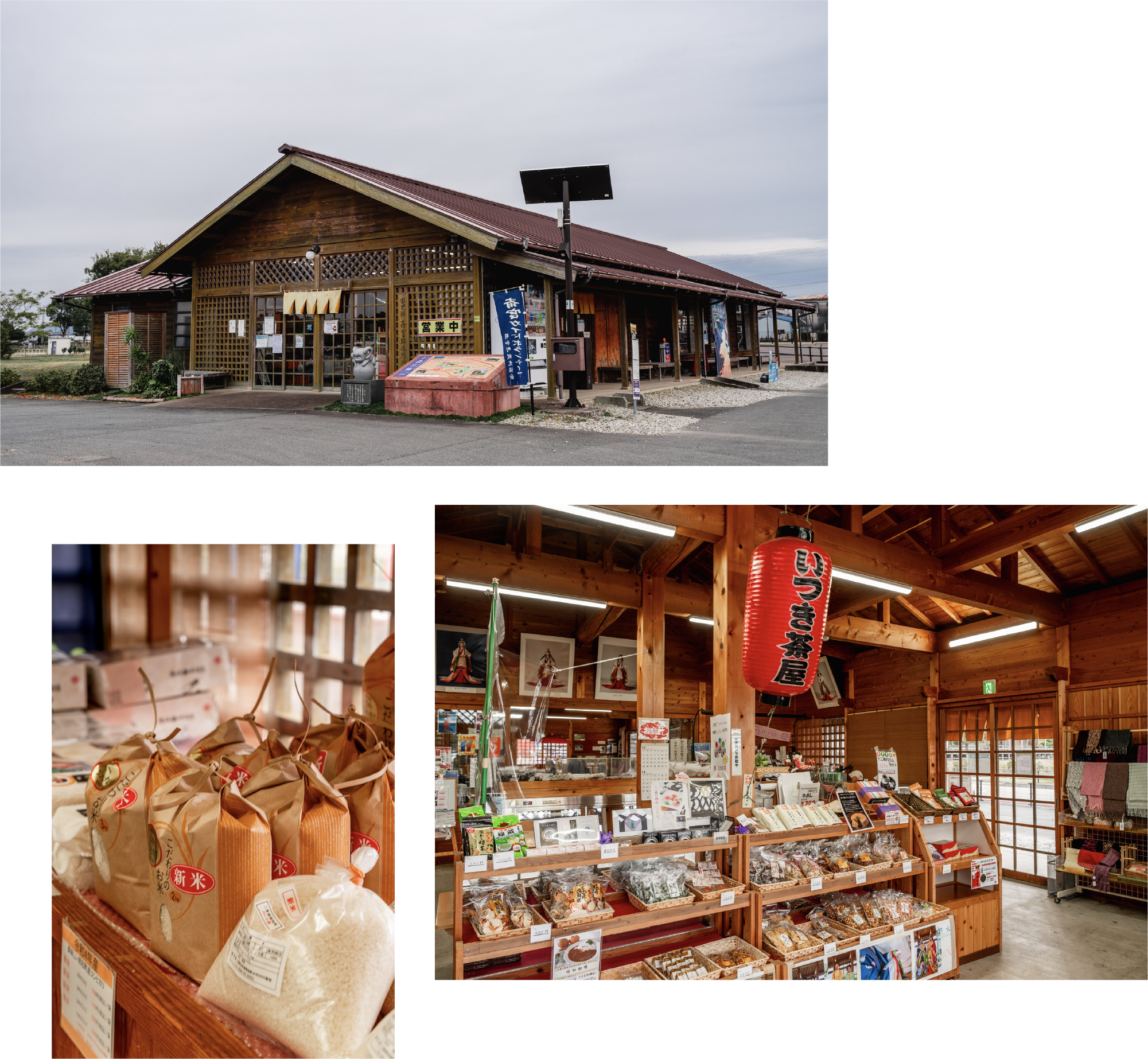
Itsuki Chaya, located about 850 meters from SaikuHistoricalMuseum, is a convenient facility with a shop selling souvenirs and local products, as well as a free rest area.
You can bring your own lunch to the free rest area.
In addition, you can purchase a meal ticket and enjoy a menu of dishes made with local specialties such as hijiki udon (550 yen including tax), fried rice (650 yen including tax), and curry rice (650 yen including tax).
Let's take a break at Itsuki Chaya between tours around saikuu ♪
Taste Saio's food in a bento box
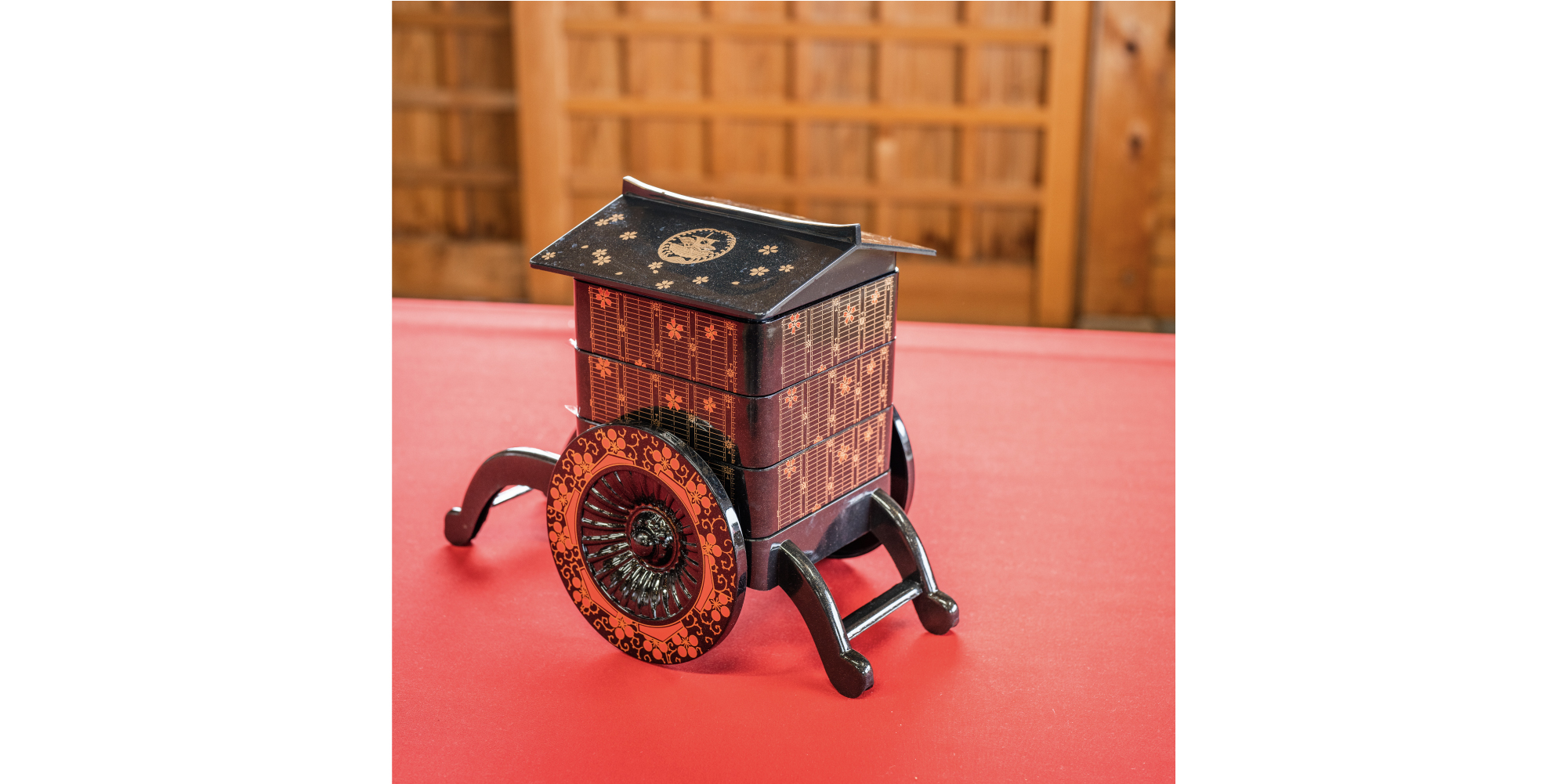
If you make a reservation in advance at Itsuki Chaya, you can receive a bento that recreates Saio's meals, the so-called "Saio Bento [Saio's Treasure Box]" (1,600 yen including tax)!
(*When ordering 4 or more meals, reservations must be made at least 3 days in advance)
A gorgeous bento box in the shape of a goshoguruma (a vehicle for the imperial family and aristocrats) gives it a special feel.
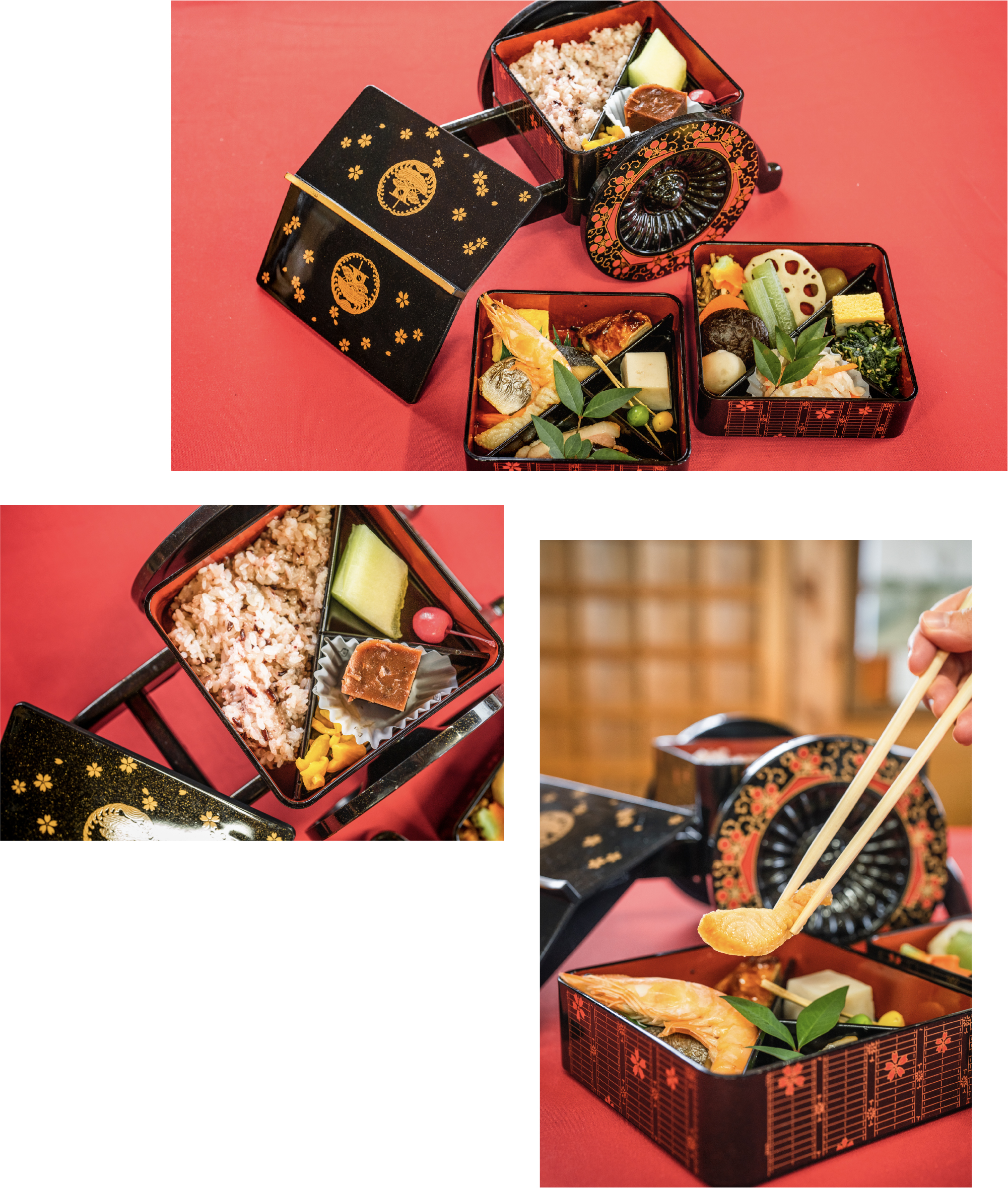
The contents of the bento box are made under the guidance of SaikuHistoricalMuseum, paying special attention to seasonings and cooking methods from the Heian period.
The rice uses black rice, which is the closest to ancient rice, and has a chewy texture that is very delicious.
You can also enjoy foods that Saio was said to have eaten at the time, such as ``Same-no-tare'' (dried shark meat) that was only eaten in the Ise-Shima and Kishu areas.
Other ingredients include seasonal fish caught in Ise Bay and local vegetables.
It's a luxurious lunch box where you can enjoy plenty of delicious local ingredients!
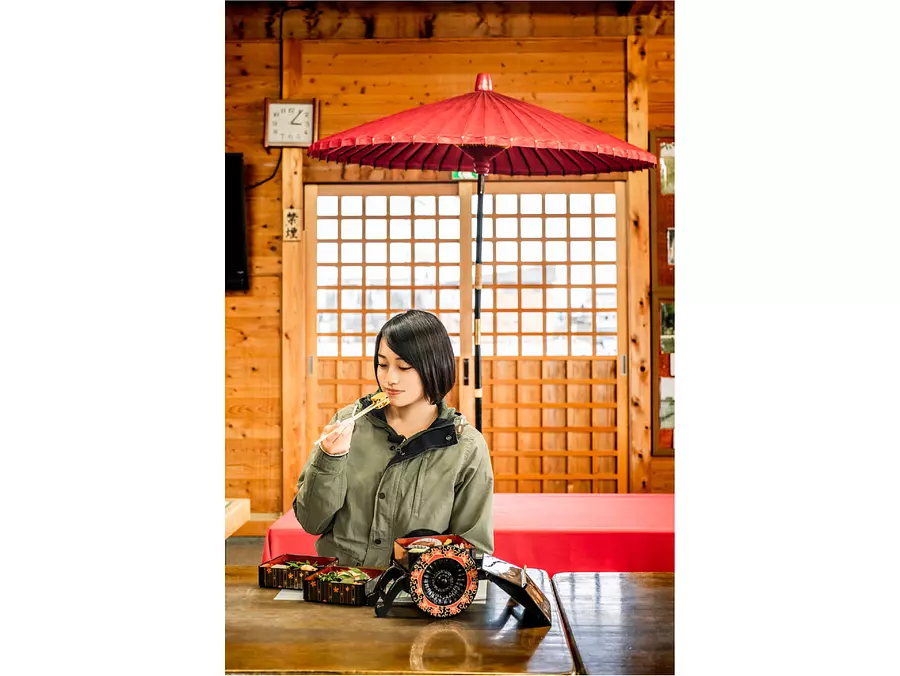
Enjoy your bento slowly while thinking about Saio and the era in which he was active.
Why not spend some time in such an elegant atmosphere?
[Business hours] April to October: 9:00 to 17:15 (order stop 16:30) November to March: 9:00 to 17:00 (order stop 16:00)
[Closed days] Mondays (the next day if Monday is a holiday), New Year holidays
[Location] 2969-4 saikuu, MeiwaTown
4. Experience the culture of the Heian period at “ItsukinomiyaHallforHistorical”!
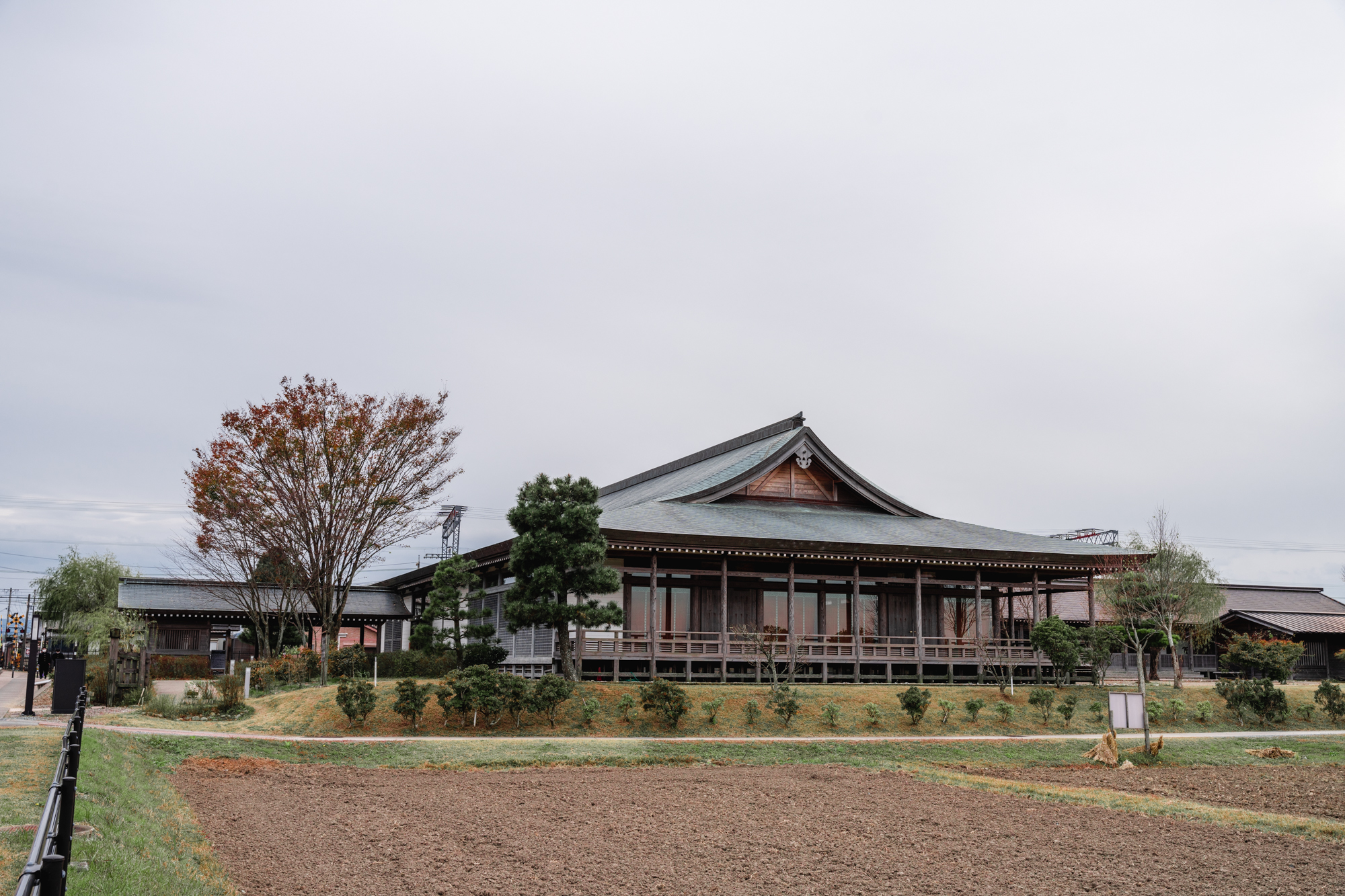
ItsukinomiyaHallforHistorical is a facility where you can enjoy learning about the culture of the Heian period through various experiences.
The building of the experience hall consists of a guidance building modeled after the Shinden-zukuri style (a residence of aristocrats from the Heian period) and a hands-on learning building modeled after an ancient government office.
Each building is made of cedar and cypress from Mie Prefecture, and is built using ancient architectural techniques, so the building itself is quite impressive!
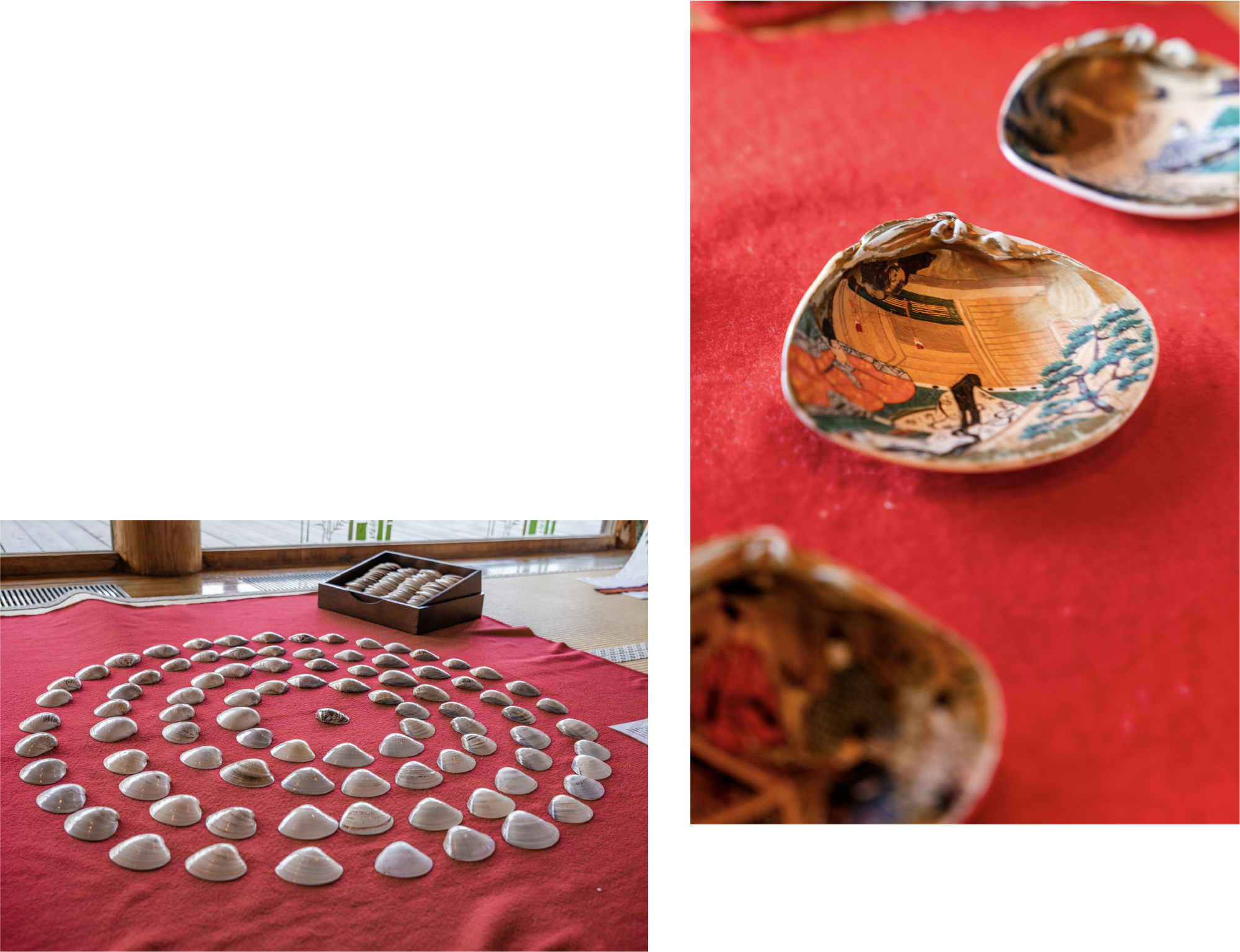
At ItsukinomiyaHallforHistorical, you can experience a wide variety of things, including trying on Juni-Hitoes, weaving, dyeing with plants, starting fires, and making pottery.
The photo shows an ancient game called Kai-Oi. It's a game of searching for shells that perfectly fit using size and pattern clues, and is like a modern-day game of playing cards.
In addition, you can ride on the Sokaren, which was ridden by Saio, and try your hand at playing Bansugoroku, a board game that was popular during the Heian period.
Let's play and feel like a nobleman from the Heian period♪
Let's try on the formal attire of Heian aristocrats, ``Junihitoe''
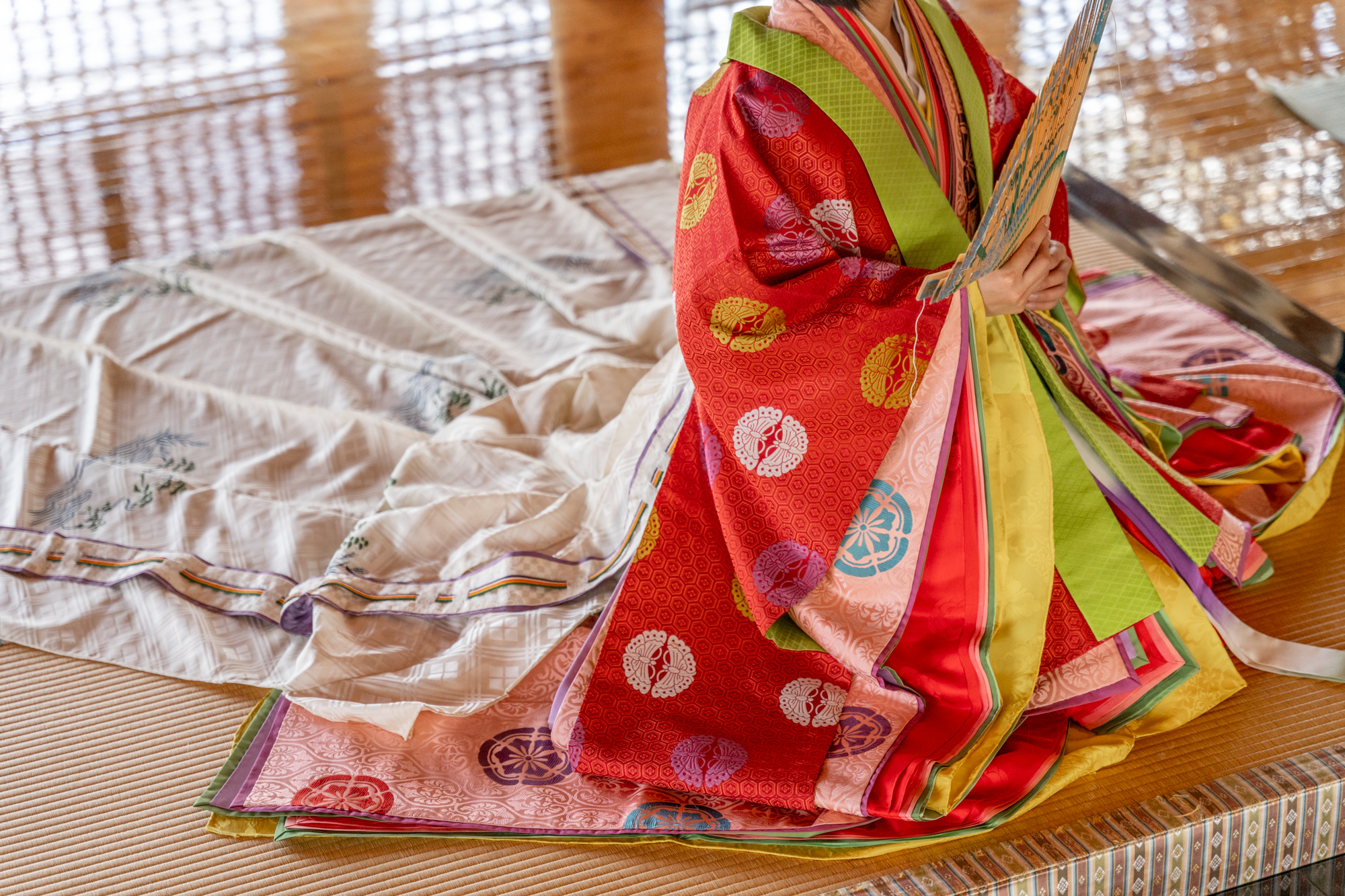
Juni-Hitoe is the formal attire of Heian aristocrats.
Saio and the ladies-in-waiting of saikuu also wore Juni-hitoe on a daily basis!

What surprised me when I tried on the Juni-Hitoe was how heavy it was!
The total weight is said to be 10 kg.
When I stand, I feel a heavy load on my shoulders.
The aristocrats of the Heian period may have gone through a lot of trouble in exchange for wearing many layers of beautiful kimono to look noble.
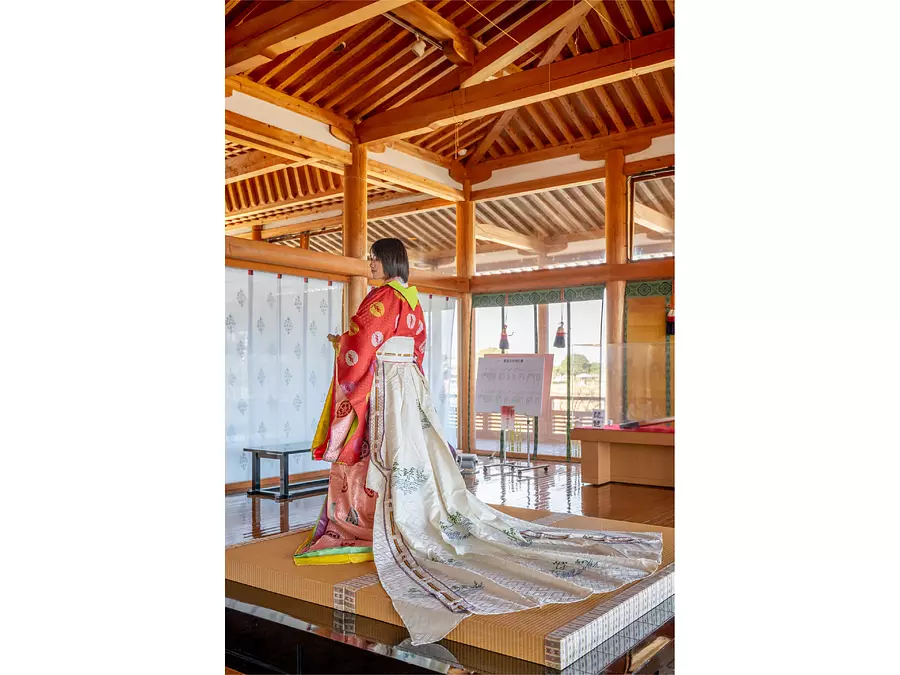
Once the fitting is complete, it's time to take a photo! The standing figure of Juni-Hitoe is also very gorgeous.
At ItsukinomiyaHallforHistorical, you can try on costumes worn by male Heian aristocrats and costumes for children (reservations required), in addition to Juni-hitoe.
It's also great that you can try on different costumes!
[Business hours] 9:30-17:00 (Admission until 16:30)
[Closed days] Mondays (the next day if Monday is a holiday), New Year holidays
[Price] Free admission, part of the lecture experience and trying on costumes are charged
[Location] 3046-25 saikuu, MeiwaTown
5. Take a close look at the restored saikuu dormitory building at Saiku Heian no Mori
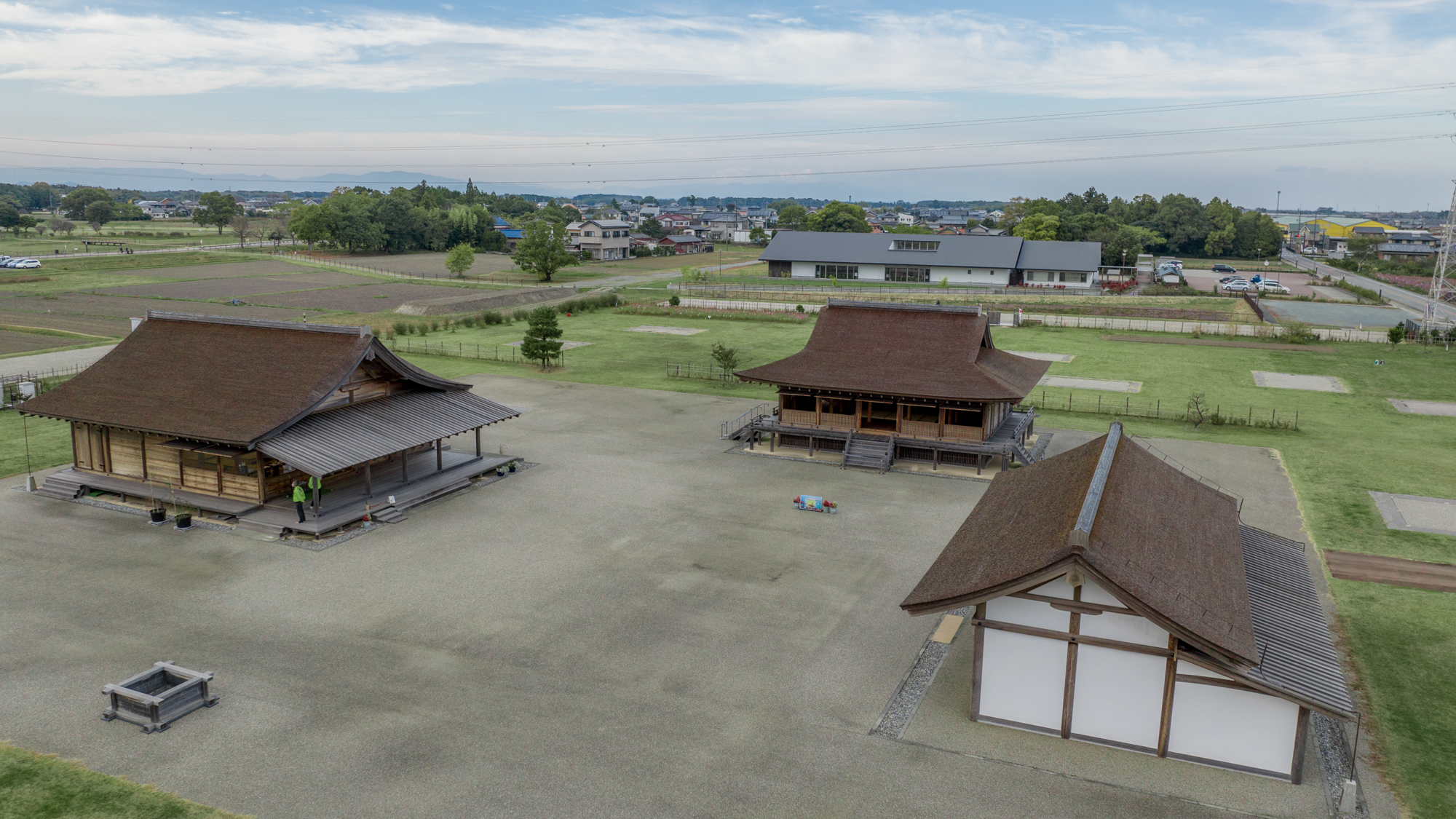
``Saiku Heian no Mori'' is a spot where three buildings of the ``Ryocho,'' which were the central facilities of saikuu dormitory, a government office that served the Saio, have been restored.
At the site where the remains of saikuu Dormitory Office were excavated, the underground remains have been protected and a full-scale building has been recreated using the construction methods of the time, giving you a realistic feel of the Saiku Dormitory Office as it actually stood saikuu You can!
Seiden
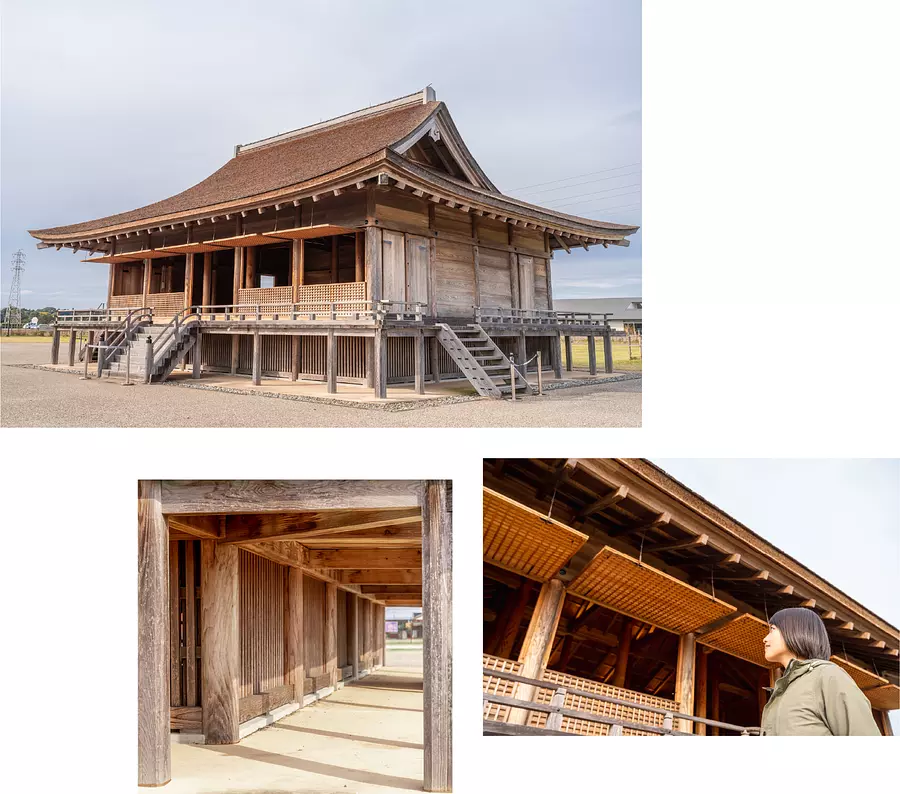
The Seiden is thought to be a building used by the head of saikuu dormitory to perform ceremonies and to welcome messengers from the capital and IseJingu.
Excavation research has revealed that the Seiden building was the most prestigious building in saikuu dormitory.
The Seiden of Saiku Heian no Mori has been recreated with an ``Irimoya-zukuri'' roof and ``Takayuka'' after academic verification.
It's a sight to behold as every detail has been carefully crafted!
Nishiwaki-dono (Nishiwaki-den)
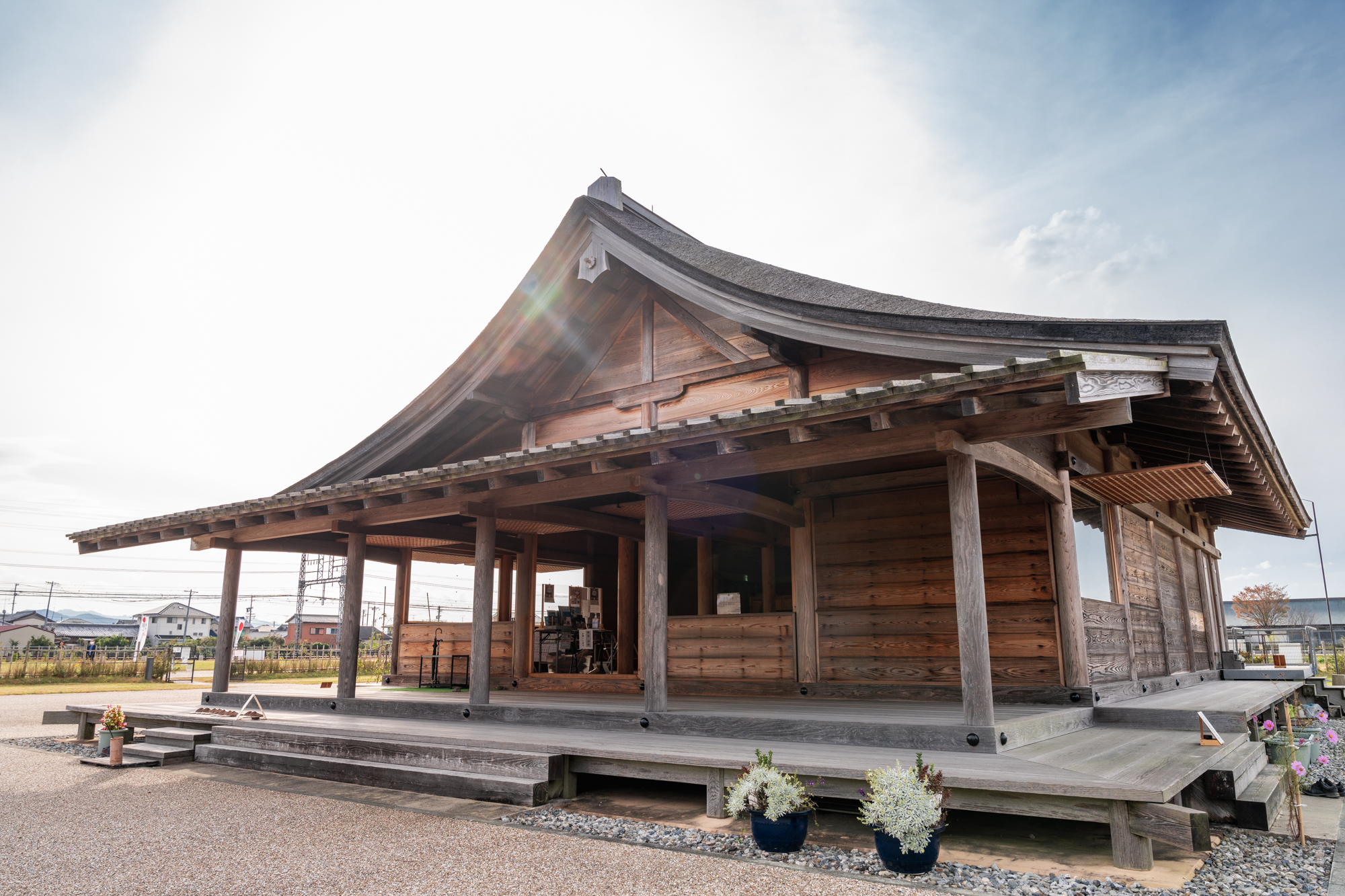
"Nishiwaki-dono" is the largest building among the three buildings.
Because of its size, it is thought that it was a building where ceremonies were held indoors and ceremonial banquets were held to entertain messengers from the capital and IseJingu.
It is characterized by its large ``Hiroen'' and ``Kirizuma-zukuri'' roof.
Let's compare the three buildings, including the other building "Higashiwakiden", and enjoy the differences in structure♪
Let's learn about saikuu in VR!
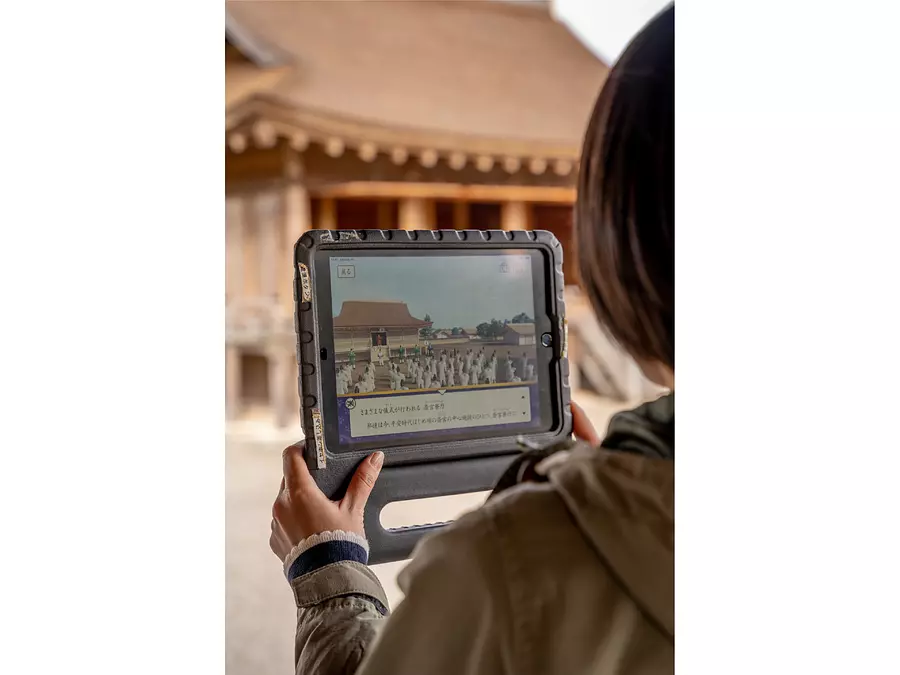
When you visit Saiku Heian no Mori, be sure to enjoy “saikuu VR”♪
When you hold up a special tablet, scenes of rituals performed in ancient saikuu are projected onto the screen in real-life scenes.
You can try saikuu VR for free!
For further details on saikuu VR, please see [here].
[Business hours] March to October: 9:30 to 17:00 (admission until 16:30) November to February: 9:30 to 16:00 (admission until 15:30)
[Closed days] Mondays (the next day if Monday is a holiday), New Year holidays
[Price] Free tour
[Location] Saiku saikuu, Meiwa-MeiwaTown Taki-gun
6. Let's also go to the notable spots in the surrounding area!
``Takejinja'', where Saio's palace was located
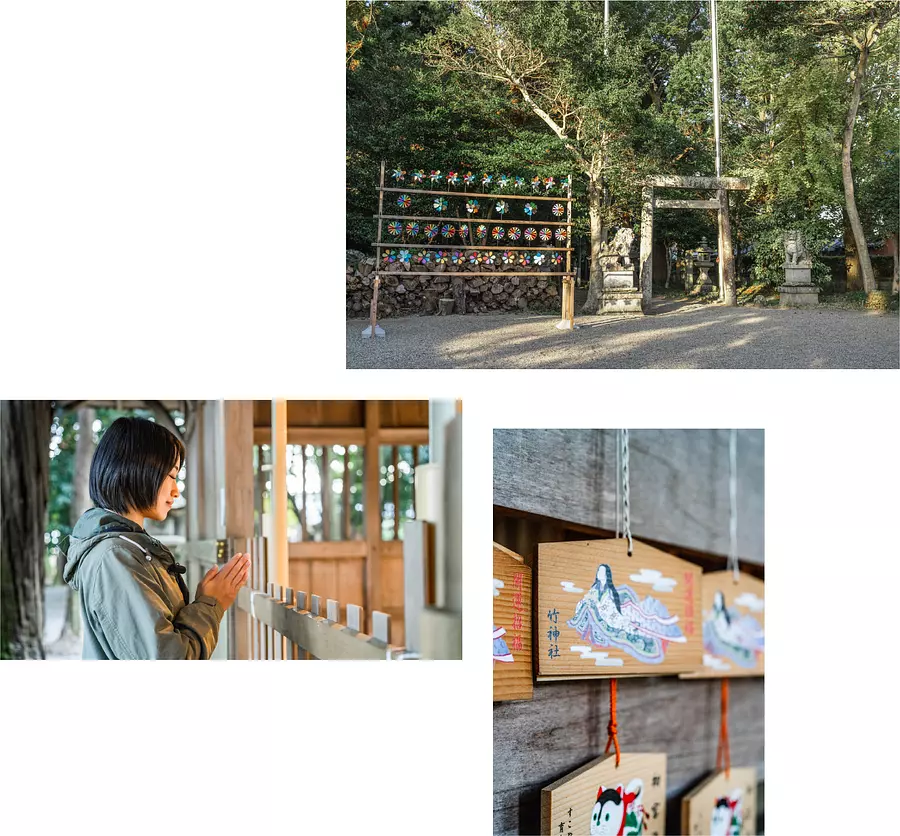
``Bamboo Shrine'' is a shrine built on the site where ``Naiin'', the palace of Saio from the Heian period onwards, is said to have been located.
Even after saikuu system was abolished, the memory of this place as an important place remained among the local people, and it is thought that it is now a shrine.
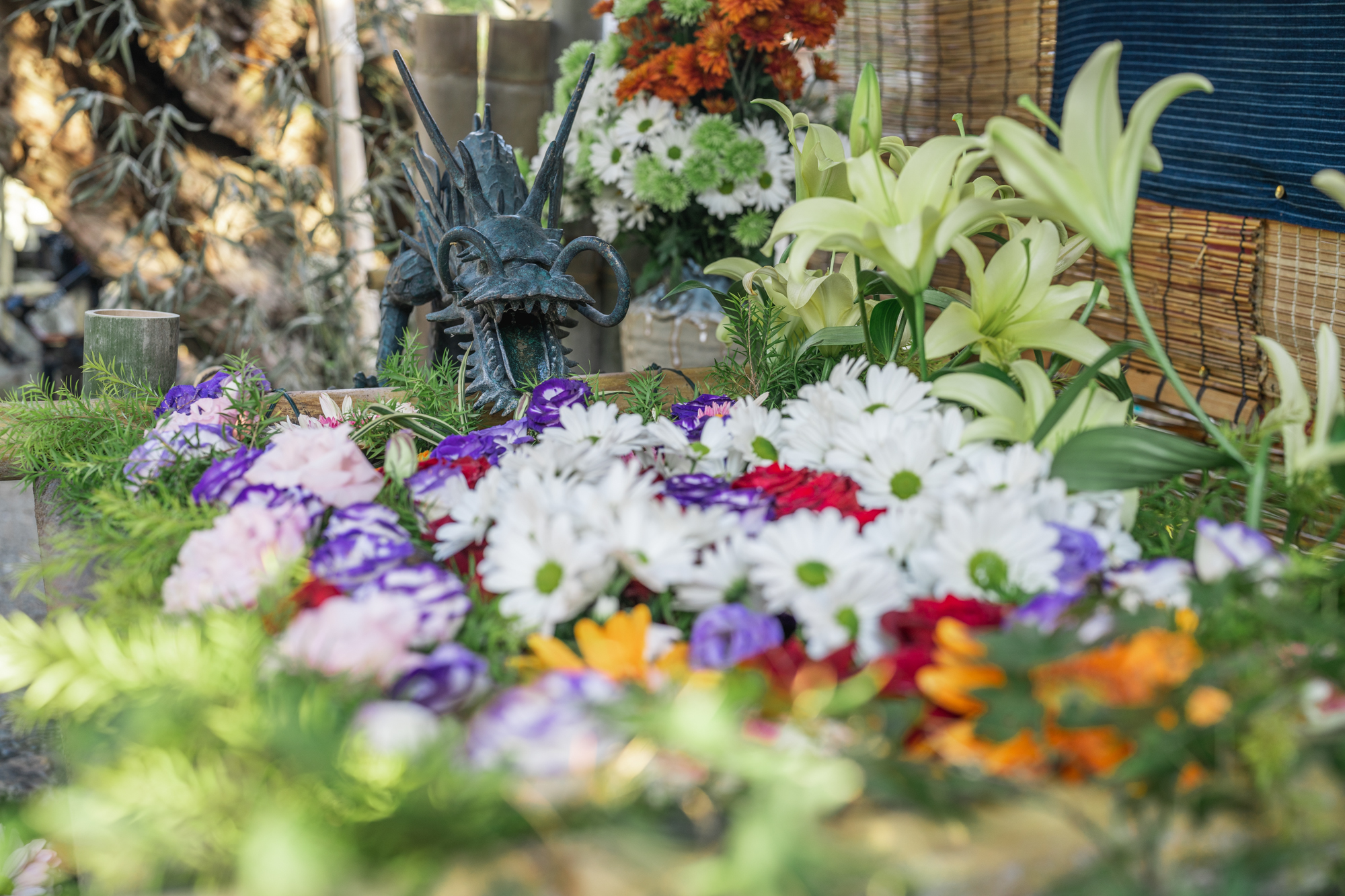
Take Shrine is also a popular spot for its Hanachōzu Hanachozu, which is beautifully decorated with flowers. (*Decorations vary depending on the season)
What is Hanachozu:
A flower floating in a chozubachi at a chozusha, where water is poured to purify the body and soul at shrines and temples.
Just looking at Hanachozu filled with colorful flowers is soothing.
[Shrine office business hours] Every Saturday and Sunday 10:00-15:00
[Location] 2757-2 saikuu, Meiwa-cho MeiwaTown
You can get a good idea of the scale of saikuu! "1/10 entire historical site model"
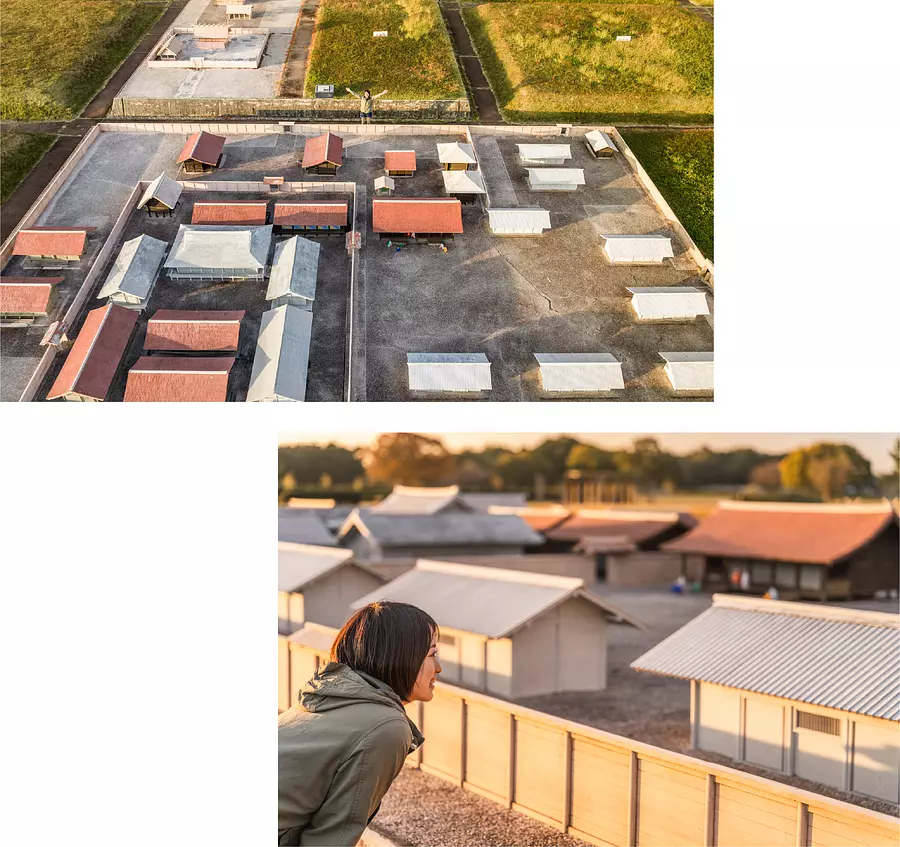
The "1/10 Historical Site Entire Model" is a 1/10 scale model of the entire saikuu, including the buildings from that time.
You can see the whole thing at once, so you can get a good sense of the scale of saikuu!
How about walking through the square blocks divided into a grid pattern, peering at the rows of buildings, and enjoying the feel of a walk?
[Location] Saiku, Meiwa-cho, saikuu MeiwaTown
*Inside saikuu Ruins Historical Romance Square (Kamizono Lawn Square)
Saio no Mori, a place where Saio history is passed down
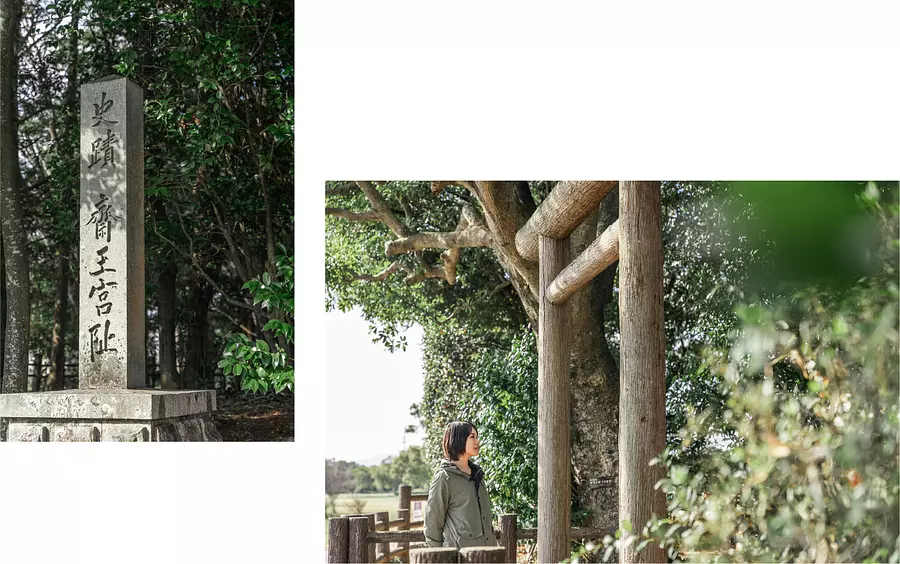
Saio no Mori is a place that has been said to be the site of Saio's palace since before the excavation of saikuu ruins began.
As the excavation of saikuu ruins progresses, it has now become clear that Saio no Mori is adjacent to the north side of the square block.
At the entrance to Saio Forest, there is a torii gate made from raw cedar wood without peeling the bark.
This is Japan's oldest torii style and is called the Kuroki Torii.
Kuroki Torii illuminated by the sunlight filtering through the trees is full of atmosphere! It's worth a look.
[Location] Saiku, Meiwa-cho, saikuu MeiwaTown
"Ancient Ise Road", where envoys of Saio and the Emperor passed
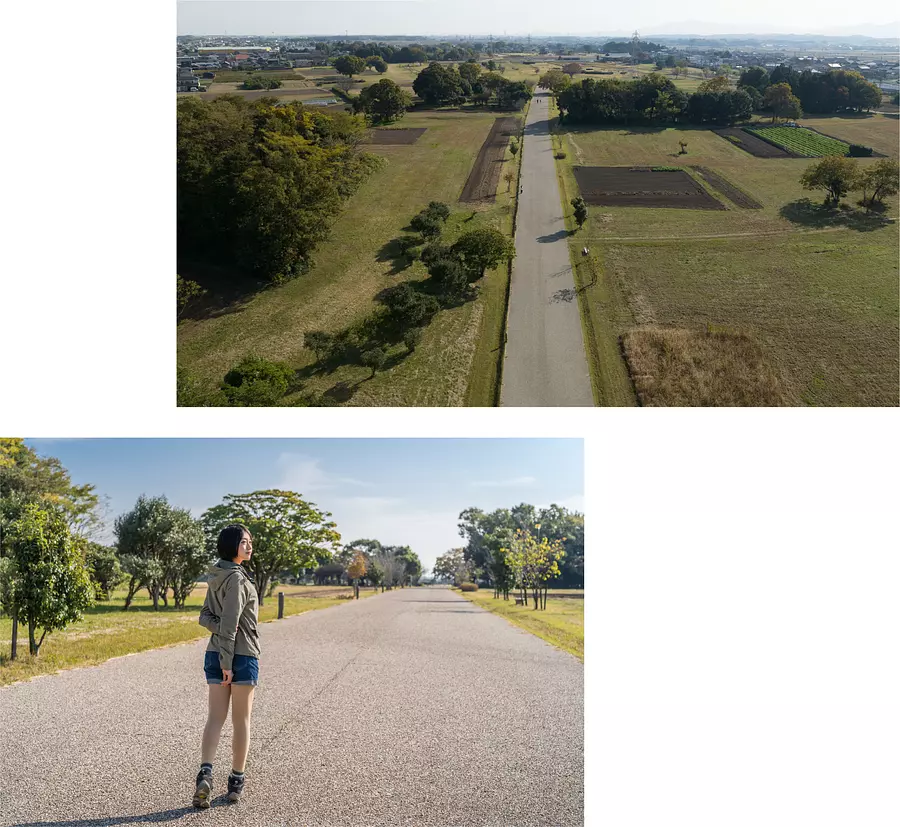
The Ancient Ise Road is an ancient road that has been excavated and has been developed to make it passable.
It is a straight road with gutters on both sides, and is approximately 9 meters wide.
When you actually walk on it, you can clearly see that the path is quite wide.
According to records, this road was constructed from the Asuka period to the Nara period, and was the main road connecting the capital, IseJingu, and Shima Province.
It is believed that imperial envoys from the capital, envoys of Saio and the Emperor, passed through here.
It's kind of exciting to be able to actually walk the roads that historical figures took.
[Location] MeiwaTown, Meiwa-machi, Taki-gun
``Harigawa River'' where Saio performed his purification.
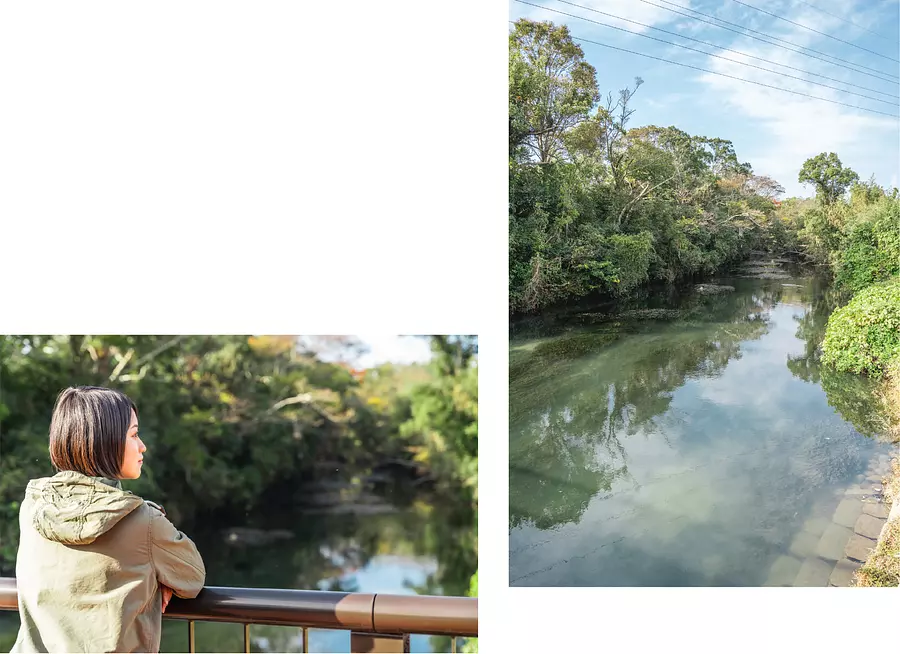
The Haraigawa River is a tributary of the Kushida River and flows on the west side of saikuu.
It is said that Saio used this river to purify himself by performing misogi rituals for various events.
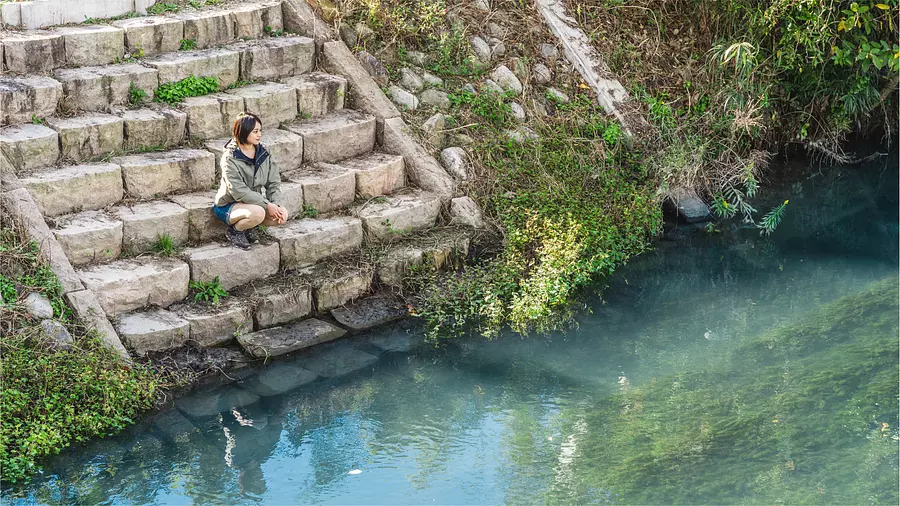
The Hara River is as beautiful as ever, and has been selected as one of Japan's 500 Important Wetlands.
It is also said that almost no seawalls have been built, and that the natural environment of the 1950s remains.
When you stand on the shore and watch the beautiful flow of the river, you can feel your soul being washed clean.
Reproduction of "Jingu Bridge" that spanned the Hara River
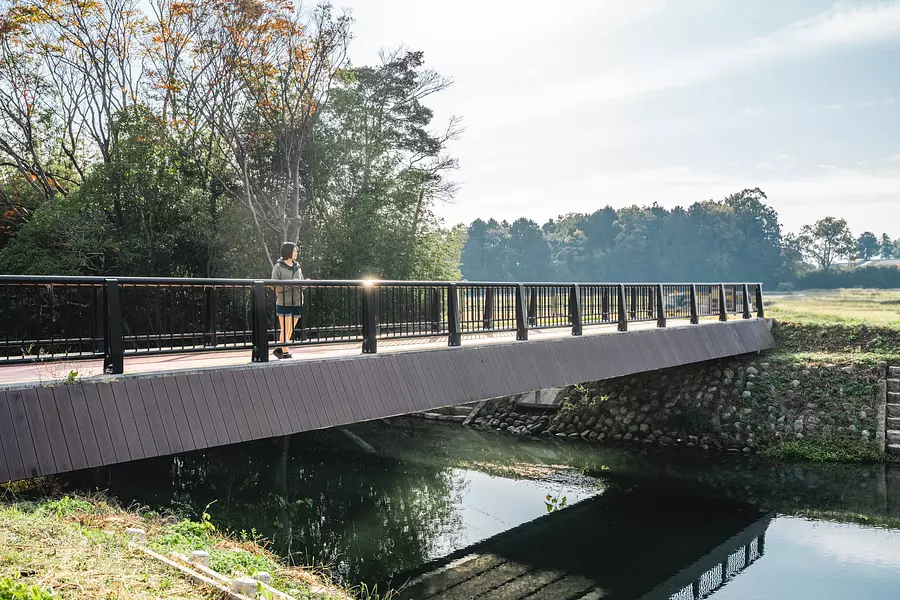
Since the Edo period, a bridge called Jingu Bridge has been built over the Hara River.
The locals call it ``Jigubashi,'' and it is said that during the Showa era, it was used for commuting to MatsusakaCity and for agricultural work.
It lasted until the 1950s, and has since disappeared, but in 2021, a new Jingu Bridge will be constructed and it will be possible to cross the bridge again.
This is a convenient bridge that allows you to access saikuu ruins from Kintetsu Koishiro Station, so please give it a try!
[Location] MeiwaTown, Meiwa-machi, Taki-gun
7. Let's rent a bicycle and explore around saikuu!
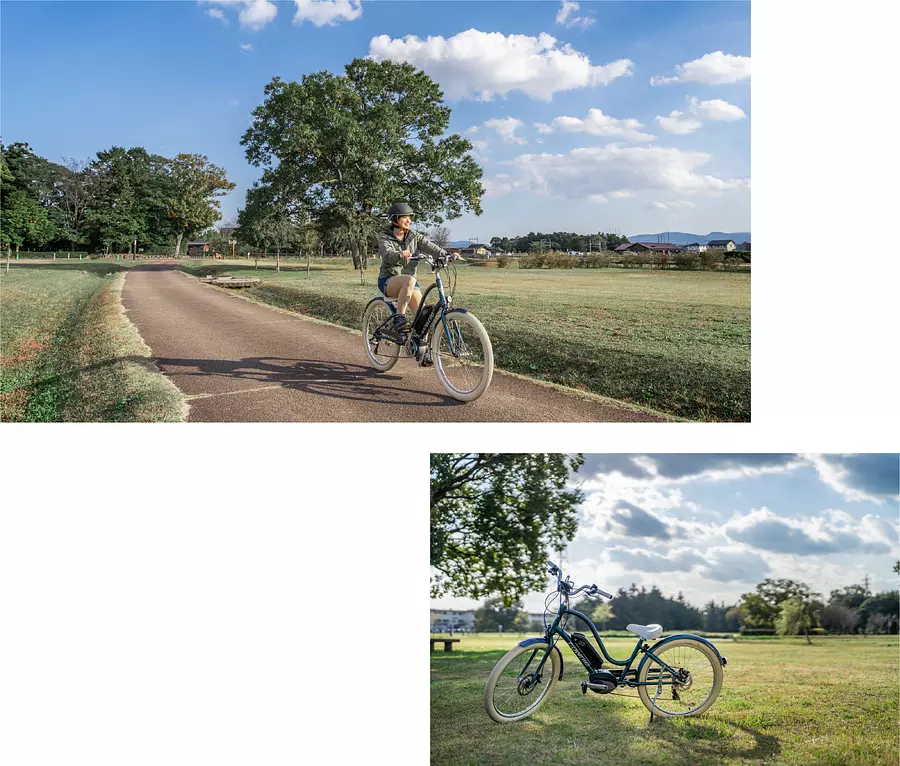
Renting a bicycle is convenient when going around saikuu ruins♪
Can be rented for up to 6 hours a day!
Since it is an electric *assisted* bicycle (e-bike), it burns smoothly without using any force.
Monday to Friday: Meiwa Kanko Shosha (right next to the south exit of saikuu Saiku Station)
Saturday and Sunday: Cafe “Minoriya” (in front of Takejinja Shrine)
YouTube channel “Kazari Project”
[For beginners?] Is it too heavy?! How to wear Juni-hitoe and the history of Saio [Kimono] [Eng Sub] This kimono is how heavy?! Juni-hitoe!
Now available to the public♪ Tap the image below to take a look!
Photography model: Kazari profile
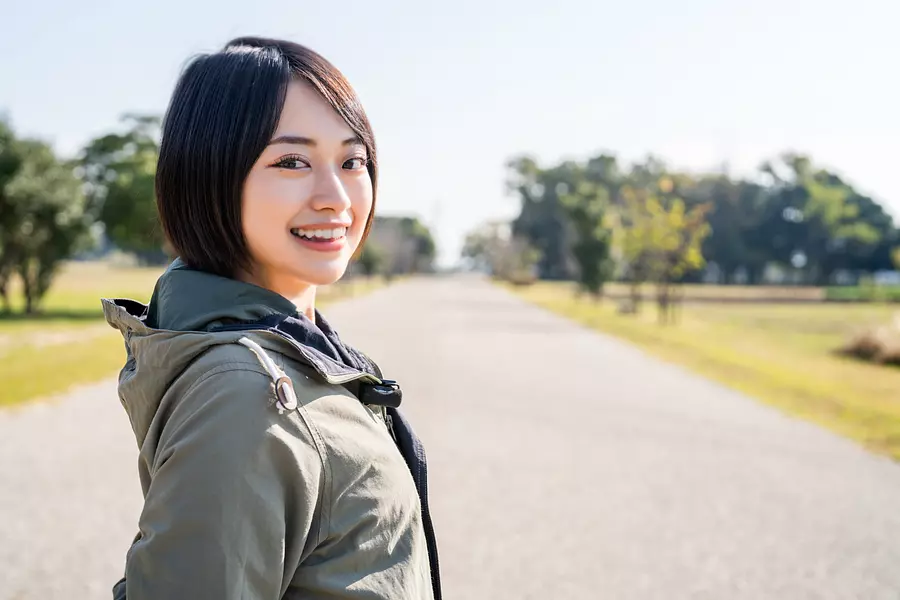
Born on February 25th. Born in Mie Prefecture. After graduating from Nihon University College of Art, he served in the Japan Ground Self-Defense Force.
After retiring at the end of her term, she worked as a talent and actress.
Opinion leader of the Eastern Ground Self-Defense Force. In addition to official public relations activities for the Self-Defense Forces, he is also active in movies, commercials, models, YouTubers, etc. both domestically and internationally.
My hobbies are drawing, cosplay, and camping.
Her special skills are design, soft tennis, and Morse code.
Total number of followers on SNS is approximately 400,000.
Article production: MSLP
Nearby spots

直線距離:43m
Meiwa Kanko Trading Company, General Incorporated Association
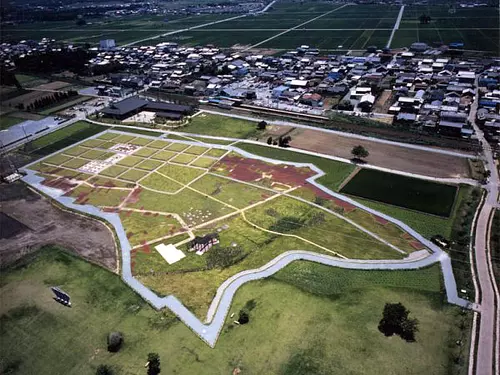
直線距離:65m
National Historic Site saikuu Ruins
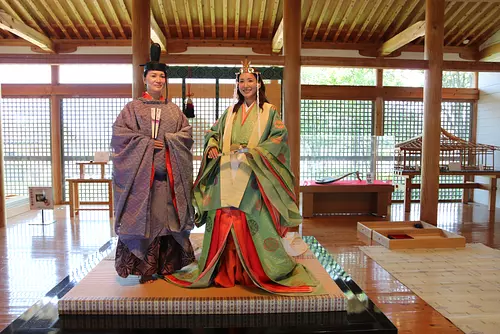
直線距離:84m
ItsukinomiyaHallforHistorical
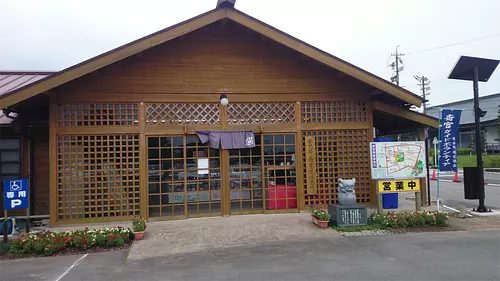
直線距離:140m
National Historic saikuu Ruins Rest Area Itsuki Chaya
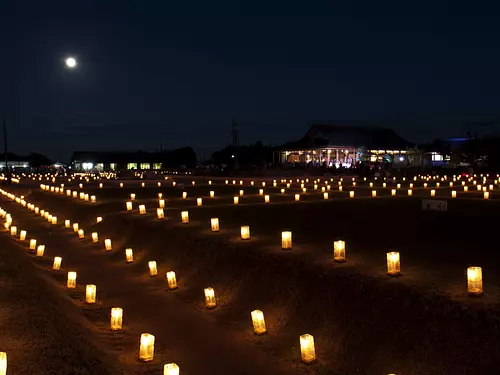
直線距離:225m
saikuu Ruins Historical Romantic Square
![Rapeseed flower field [saikuu ruins]](https://www.kankomie.or.jp/rails/active_storage/representations/proxy/eyJfcmFpbHMiOnsibWVzc2FnZSI6IkJBaHBBaWdYIiwiZXhwIjpudWxsLCJwdXIiOiJibG9iX2lkIn19--32298a0b6f4471b88617b5273452b6a027d9ccb8/eyJfcmFpbHMiOnsibWVzc2FnZSI6IkJBaDdCem9MWm05eWJXRjBPZ2wzWldKd09oSnlaWE5wZW1WZmRHOWZabWwwV3dkcEF2UUJNQT09IiwiZXhwIjpudWxsLCJwdXIiOiJ2YXJpYXRpb24ifX0=--8d6bc4b517fae43c9e30c66a38f93836dd92b535/23366_1_org.jpg)
直線距離:293m
Rapeseed flower field [saikuu ruins]
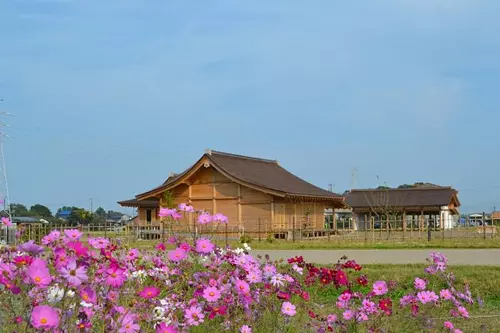
直線距離:299m
Saiku Heian no Mori
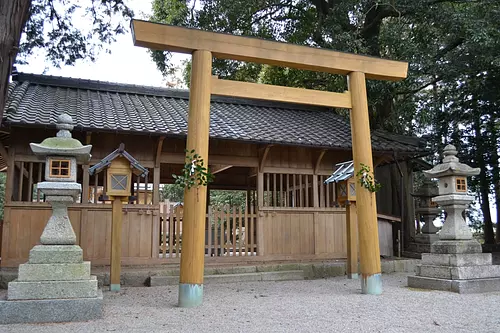
直線距離:329m
Take Shrine
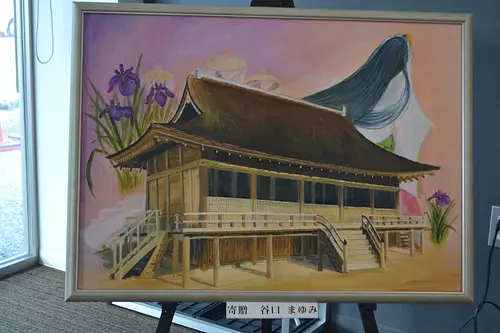
直線距離:349m
MeiwaTown Tourist Information Center
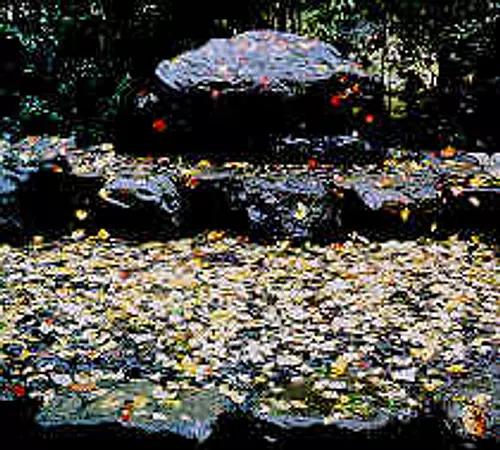
直線距離:378m
Saio Forest
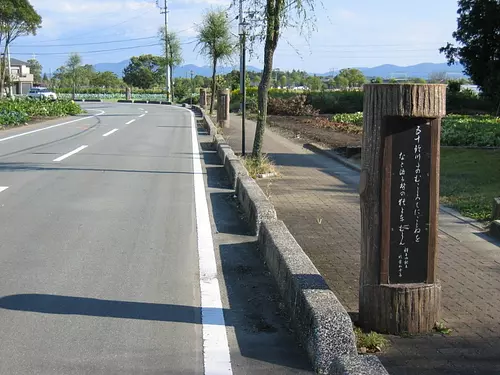
直線距離:479m
path of history
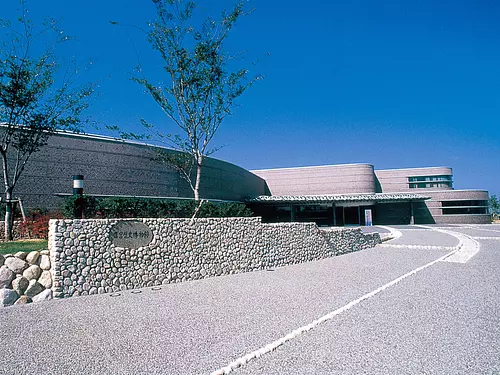
直線距離:741m
SaikuHistoricalMuseum
nearby events
Date: Saturday, June 1, 2024
直線距離:638m
41st Saio Festival
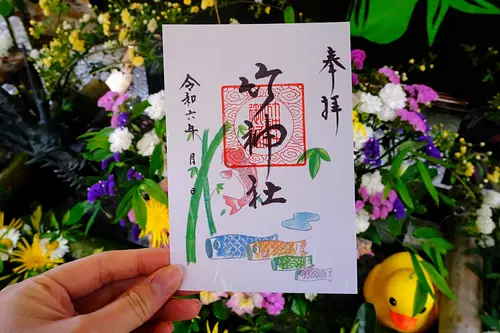
Date: Saturday, April 27, 2024 - Saturday, May 6, 2024...
直線距離:2.4km
Takejinja Shrine Golden Week Opening Notice
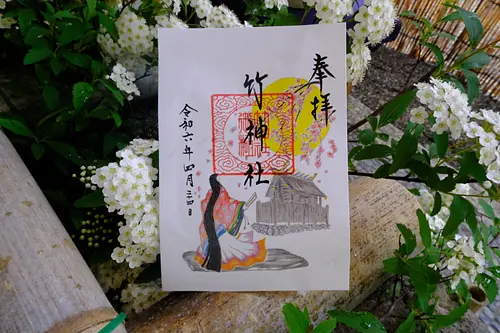
Date: Thursday, May 23, 2024 - Thursday, May 23, 2024...
直線距離:2.4km
<May 23, 2024> Takejinja Shrine Full Moon Visit & Moon Market
![God Clothes Hoori Ceremony [IseJingu Kamifuku Loom Shrine/Kamimasokuki Den Shrine]](https://www.kankomie.or.jp/assets/no_thumb_330_220-b92d6e1d59ef607a7e7b159cb7512e62277106a0b4528087c30473b5d33e1fd6.webp)
Date: May 13, 2024 (Monday), October 13, 2024 (Sunday)
直線距離:3.0km
God Clothes Hoori Ceremony [IseJingu Kamifuku Loom Shrine/Kamimasokuki Den Shrine]
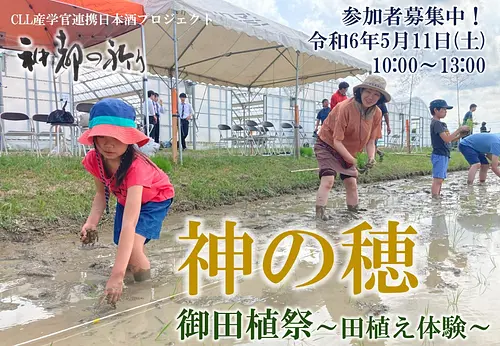
Date: Saturday, May 11, 2024 10:00-13:00
直線距離:3.6km
Japanese Sake "Prayer of the Divine Capital" Rice Planting Festival ~Sake rice planting experience~

Date: July 27th (Sat) (tentative)
直線距離:4.7km
University of Tokyo Yodo Gion Festival
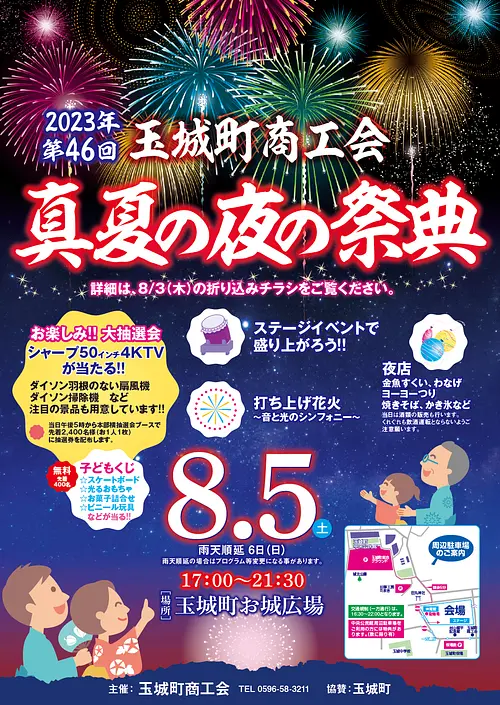
Date: Saturday, August 3, 2024
直線距離:5.5km
47th “Midsummer Night Festival” [TamakiTown of Commerce and Industry Summer Festival]

Date: July every year (planned)
直線距離:6.4km
Muramatsu Town Gion Festival
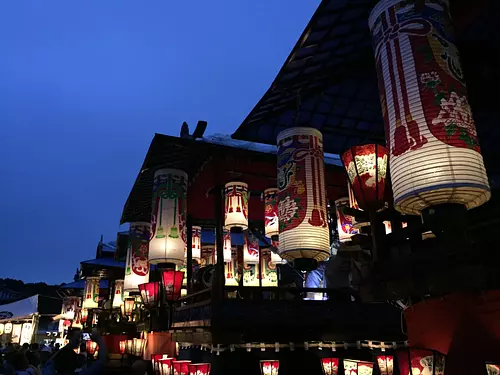
Date: Saturday, July 13, 2024 to Sunday, July 14, 2024
直線距離:7.3km
Shawa Gion Festival
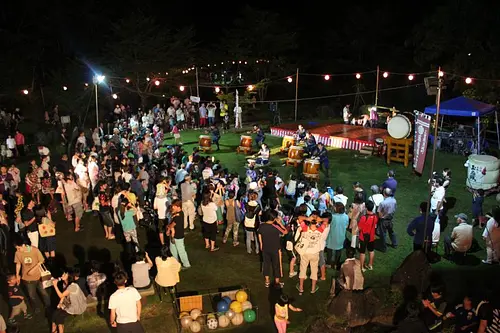
Date: July 15, 2024 (Monday)
直線距離:8.2km
ASPIATamaki Summer Concert
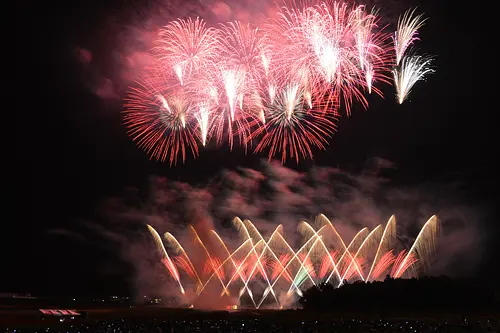
Date: Saturday, July 13, 2024 *Postponed date: Saturday, September 7th, 7th...
直線距離:8.1km
72nd National Fireworks Festival Dedicated to IseJingu
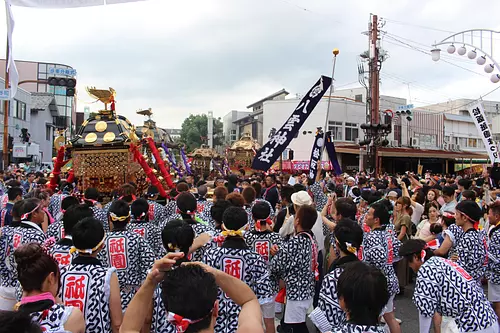
Date: July 13th (Sat) and 14th (Sun), 2024
直線距離:8.4km
Matsusaka Gion Festival
Plays and experiences nearby
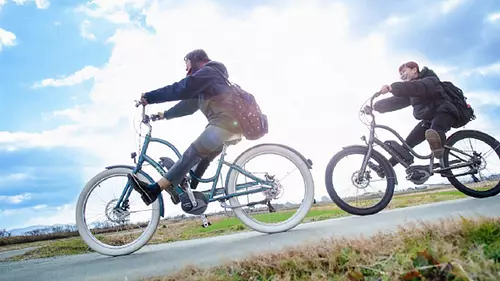
直線距離:73m
MeiwaTown Bicycle Rental
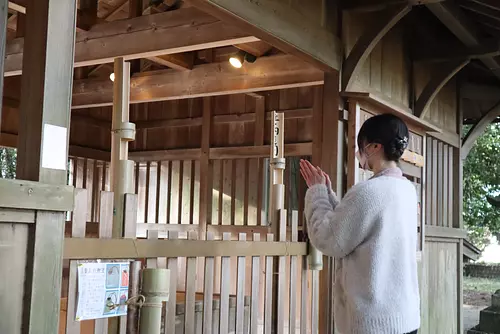
直線距離:316m
A shrine visit tour that traces the history of two bamboo shrines and Saio (special goshuin, Ochazuke, and sweets included)
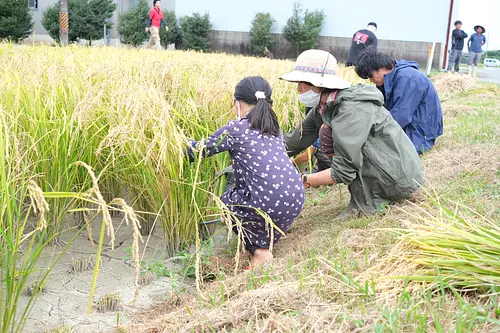
直線距離:3.4km
Sake “Shinto no Prayer” Harvest Festival ~Sake rice harvesting experience~

直線距離:3.4km
Japanese Sake "Prayer of the Divine Capital" Rice Planting Festival ~Sake rice planting experience~
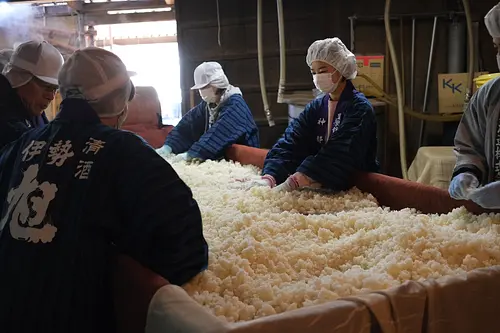
直線距離:4.3km
Sake “Prayer of the Divine City” ~Sake preparation experience~

直線距離:5.0km
Experience making a goshuin book using vegan leather “Ise leather paper” born in the Edo period
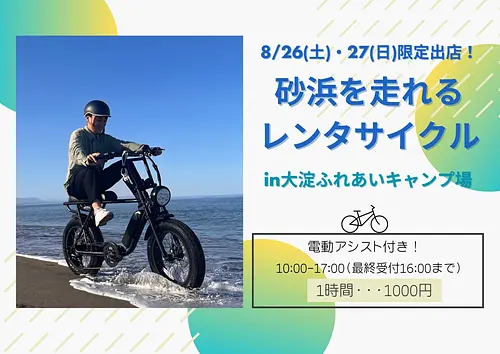
直線距離:5.0km
Rental bicycles for riding on the sandy beach in Oyodo Fureai Campsite
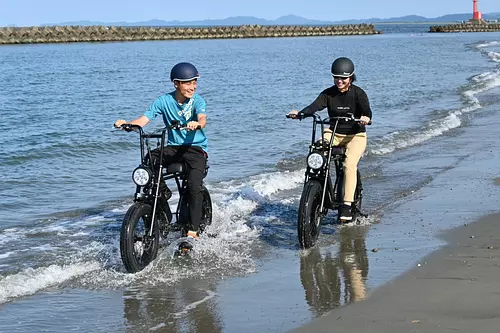
直線距離:5.1km
Ise/ saikuu “Oyodo Fat Bike Beach Cruise”

直線距離:5.8km
Blessing yoga experience and good luck lunch at the historical Japanese house “Genkosha”

直線距離:6.4km
Experience making "paper-cutting insects" that bring good luck as taught by a paper-cutting master
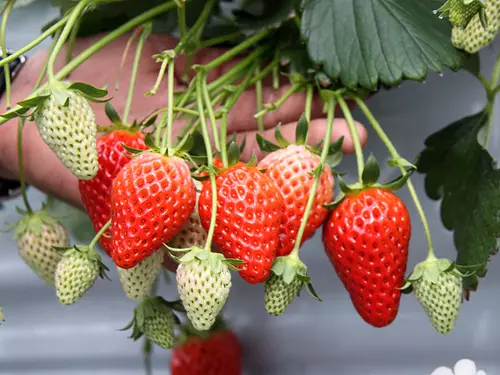
直線距離:6.8km
Tamaki Fureai Farm Strawberry picking
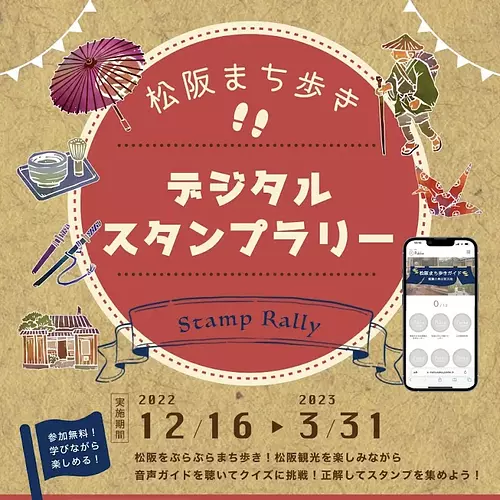
直線距離:9.0km
Matsusaka town walk digital stamp rally
